People from many cultures worldwide have worn locs—also known as dreadlocks or dreads—for centuries. They signify cultural identity and individual expression in addition to being a haircut. Although all locs are rope-like hair strands created by matting or braiding hair, a few varieties vary in size, upkeep, and manufacturing techniques. What are the three types of locs? This article explores the three most common loc types: faux locs, Sisterlocks locs, and classic locs, stressing their individual qualities, methods of installation, and maintenance needs.
Traditional Locs
Defining Traditional Locs
Traditional locs are the most recognized form of locs. Over time, they are produced by letting the hair naturally mat. There are several ways to help this process, like twisting, rolling your palms, or just not combing and letting the hair tangle. Conventional locs are adaptable and come in a wide range of sizes, from little locs the size of pencils to bigger, thicker ones. Regular maintenance is beneficial to the health of traditional locs braided wigs. This involves cleaning, palm rolling, or retwisting them to keep them tidy and separating them to stop them from growing together.
Methods of Starting Traditional Locs
Twist and Rip: This method involves twisting small sections of hair and then ripping them apart to encourage knotting. This can create locs that have a more organic and textured appearance.
Backcombing: Backcombing involves teasing the hair towards the scalp, creating tangles and knots. This method can provide a quicker start to the locs and is used for straighter hair types.
Freeform: Freeform locs are created by simply allowing the hair to mat naturally and loc over time with minimal manipulation. This method is the most hands-off approach and can result in uniquely shaped locs.
Advantages and Considerations
Cultural Significance: Traditional locs carry deep cultural roots, particularly within the African and Rastafarian communities. They often symbolize pride and identity, reflecting a rich heritage and personal journey.
Time Commitment for Maturation: The process of locs maturation is slow, typically taking anywhere from several months to a few years. Patience is essential as the hair slowly transitions from twisted or backcombed sections to fully matured locs.
You May Also Like: What are the benefits of wearing locs braided wigs >>
Sisterlocks
The Innovation of Sisterlocks
Sisterlocks was invented by Dr. JoAnne Cornwell in 1993. Unlike traditional locs, Sisterlocks are much smaller and more uniform and offer many styling options. They are formed using a precise parting grid and a specialized tool to create tiny, uniform locs.
Installation Process
Consultation: A consultation with a loctician to review preferred loc size, lifestyle, and hair health is essential before inserting locs. The first locking procedure, which can last several hours, involves sectioning the hair and employing the selected method to generate the first locs.
Use of Special Tools: A specific grid pattern is designed for techniques such as sisterlocks to guarantee consistency in size and appearance. Specialized instruments, such as a crochet hook or a Sisterlocks tool, are employed to weave and carefully tighten the hair into locs.
Advantages and Considerations
Styling Versatility: Locs, particularly sister locks, offer a wide range of styling options. They can be styled in updos, curls, and even braided wigs, providing versatility that can suit various occasions and personal preferences.
Maintenance: Regular maintenance boosts the health and appearance of locs. This includes scheduled retightening sessions, typically every 4–8 weeks for Sisterlocks, to maintain neatness and prevent matting at the new growth.
You May Also Like: How do you keep faux locs from frizzing >>
Faux Locs
Defining Faux Locs
Faux locs are an excellent alternative to traditional locs, offering the locs look without the long-term commitment. They can be created with synthetic or human hair extensions wrapped around one's natural hair or braids. Faux locs come in various lengths, colors, and textures, providing the flexibility to experiment with different looks.
Installation Techniques
Wrapping Method: The wrapping method involves wrapping strands of synthetic or natural hair extensions around sections of one's hair. This method can create a seamless and natural-looking loc appearance and is often used for faux locs.
Crochet Method: The crochet method uses a unique hook to pull strands of hair through the locs to create a tight and uniform loc. This technique can start with traditional locs and install faux locs, offering a more immediate transformation.
Advantages and Considerations
No Long-Term Commitment: Faux locs installed using these methods are temporary, allowing individuals to try out the look of locs without the long-term commitment required for traditional locs. This is ideal for those who prefer to change their hairstyles frequently.
Experiment with Different Looks: Faux locs provide an excellent opportunity for experimentation with different lengths, colors, and textures, offering the versatility to test out various looks that can be changed with relative ease and without altering one's natural hair.
Protective Styling: The wrapping and crochet methods tuck away an individual's natural hair, which can serve as a protective style. This can reduce manipulation and exposure to elements, potentially promoting healthier hair growth.
You May Also Like: How do you attach human hair to faux locs >>
The Comparison of Loc Types
Cost
Traditional Locs: The cost of traditional locs is higher with initial starting and periodic maintenance sessions, but overall, they can be less expensive than Sisterlocks due to fewer salon visits.
Sisterlocks: Sisterlocks are a pricier option, given the specialized training required for installation and upkeep and regular retightening sessions at a certified salon.
Faux Locs: Faux locs are relatively affordable, with costs mainly associated with the purchase of hair extensions and a one-time installation fee.
Maintenance
Traditional Locs: Maintenance for traditional locs wigs includes regular washing, retwisting, and separating, which can be time-consuming but manageable with routine care.
Sisterlocks: Sisterlocks need consistent maintenance, with retightening sessions every 4–8 weeks to maintain the integrity of the style, which can be both time-consuming and costly.
Faux Locs: Faux locs are low maintenance. They can last several weeks with minimal care, requiring only gentle washing and scalp moisturizing to maintain the look.
Versatility
Traditional Locs: Traditional locs offer moderate versatility, allowing for various styles once matured, but changes in size or color require a long-term commitment to the new look.
Sisterlocks: Sisterlocks are highly versatile and can accommodate many styles, from elegant updos to flowing locks, without compromising the hair's health.
Faux Locs: Faux locs provide the ultimate versatility, quickly changing in length, color, and style, making them perfect for those who like to update their appearance frequently.
Conclusion
Accepting loss is a personal experience; there are several ways to wear this classic style, including traditional locs, Sisterlocks, and faux locs. Whether you like the permanence and cultural depth of traditional locs, the stylish versatility of Sisterlocks, or the freedom of faux locs, your style reflects your lifestyle, level of devotion, and personal statement. Any loc can be an attractive and powerful representation of a person's identity; with the proper maintenance, they can become much more than a simple haircut and instead serve as a powerful means of self-expression.At uBraids, we recognize the significance of self-expression and the personal touch that each hairstyle can bring. That's why we work to offer a diverse range of braided wig options that cater to the unique preferences of black women, including the sought-after small box braid wig. Our collection within the JALIZA Wig Store features everything from the intricate artistry of hand-tied lace braids to the innovative design of our glueless wig options. Each small box braid wig is thoughtfully crafted to provide a realistic appearance, ease of maintenance, and long-lasting comfort, ensuring you can confidently express your identity and style.
Our premium selection is tailored to enhance your style while honoring the cultural heritage that locs represent. The uBraids brand is a testament to the art of braiding, blending traditional techniques with modern style to create beautiful and practical wigs. By visiting our website at JALIZA, you can explore our various styles, materials, and hues, finding the perfect wig to align with your personal statement and lifestyle. At uBraids, we are dedicated to supporting your journey toward self-expression through our high-quality, crafted wigs.

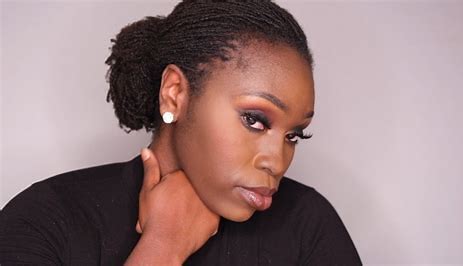






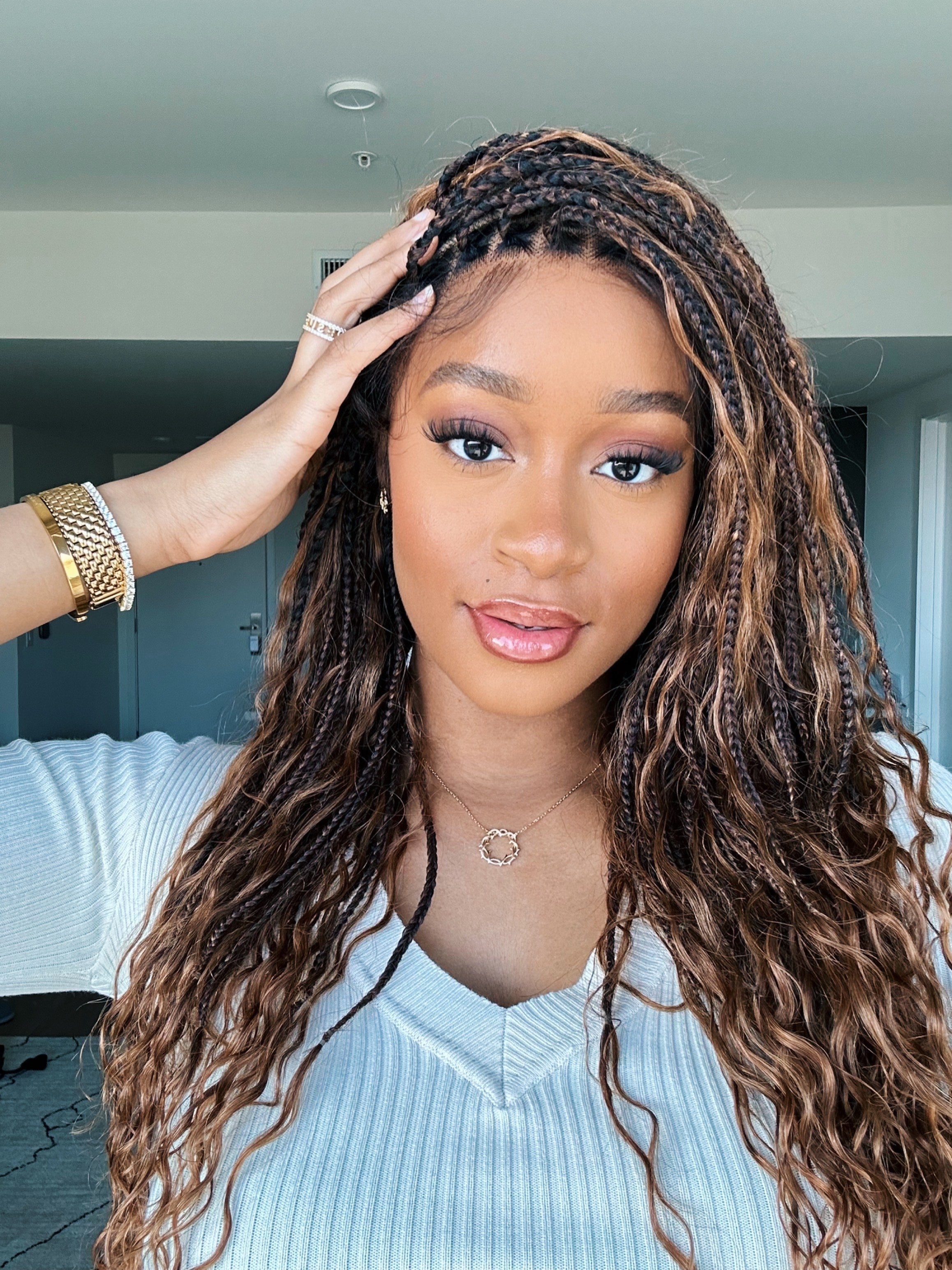

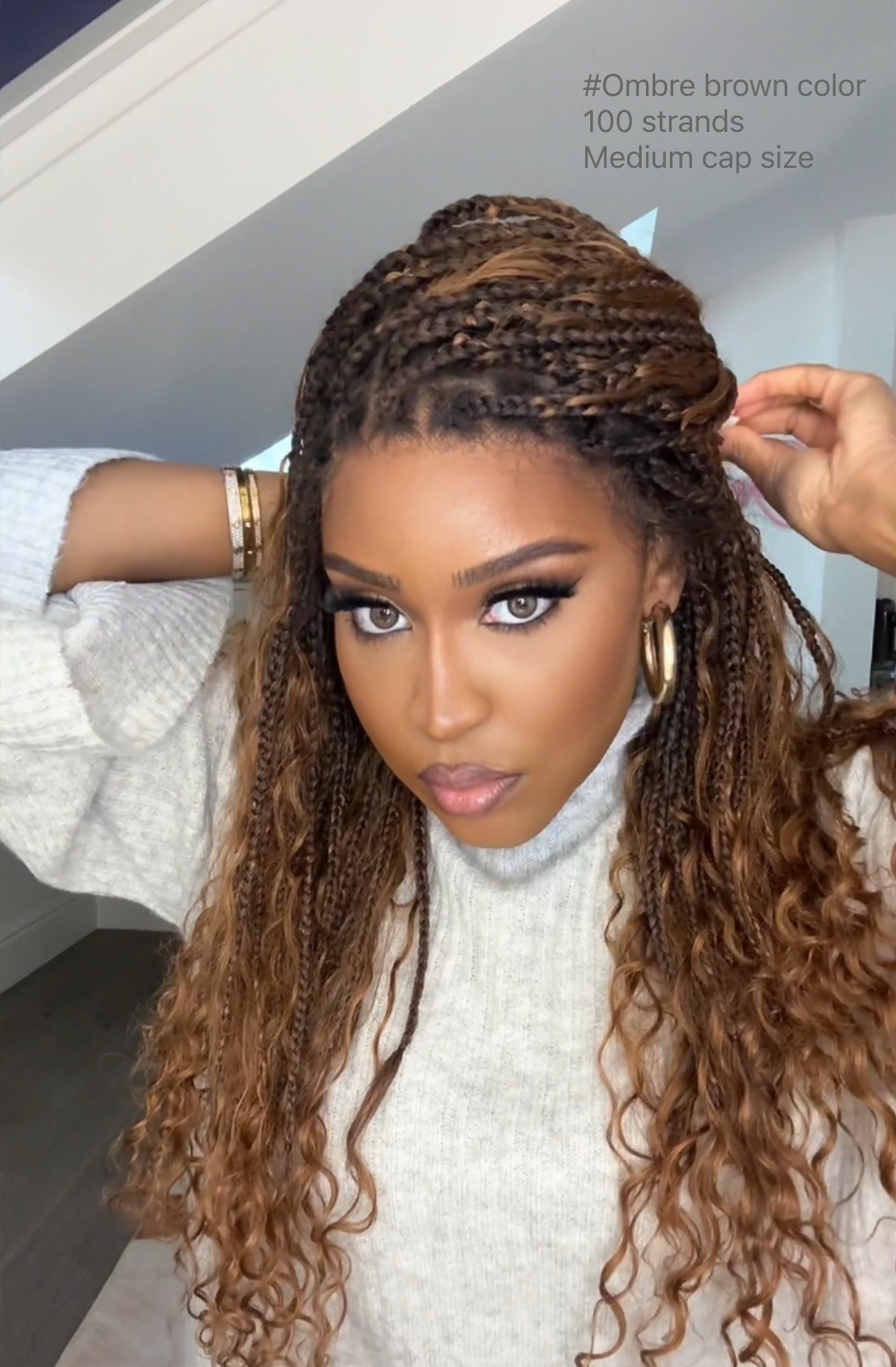
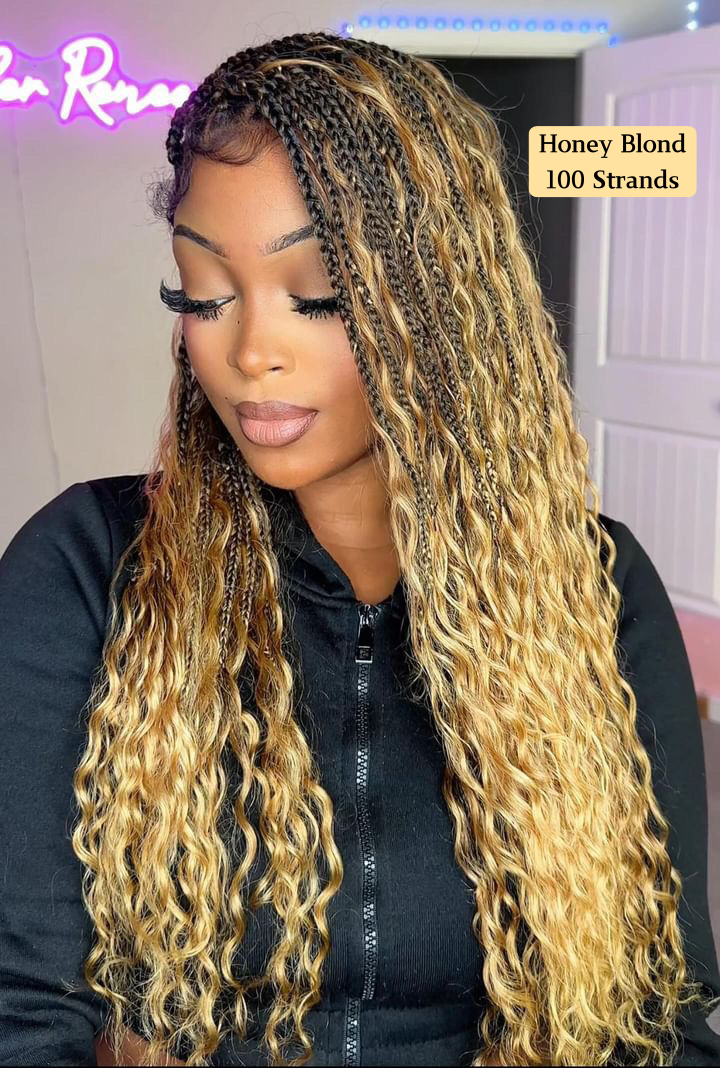
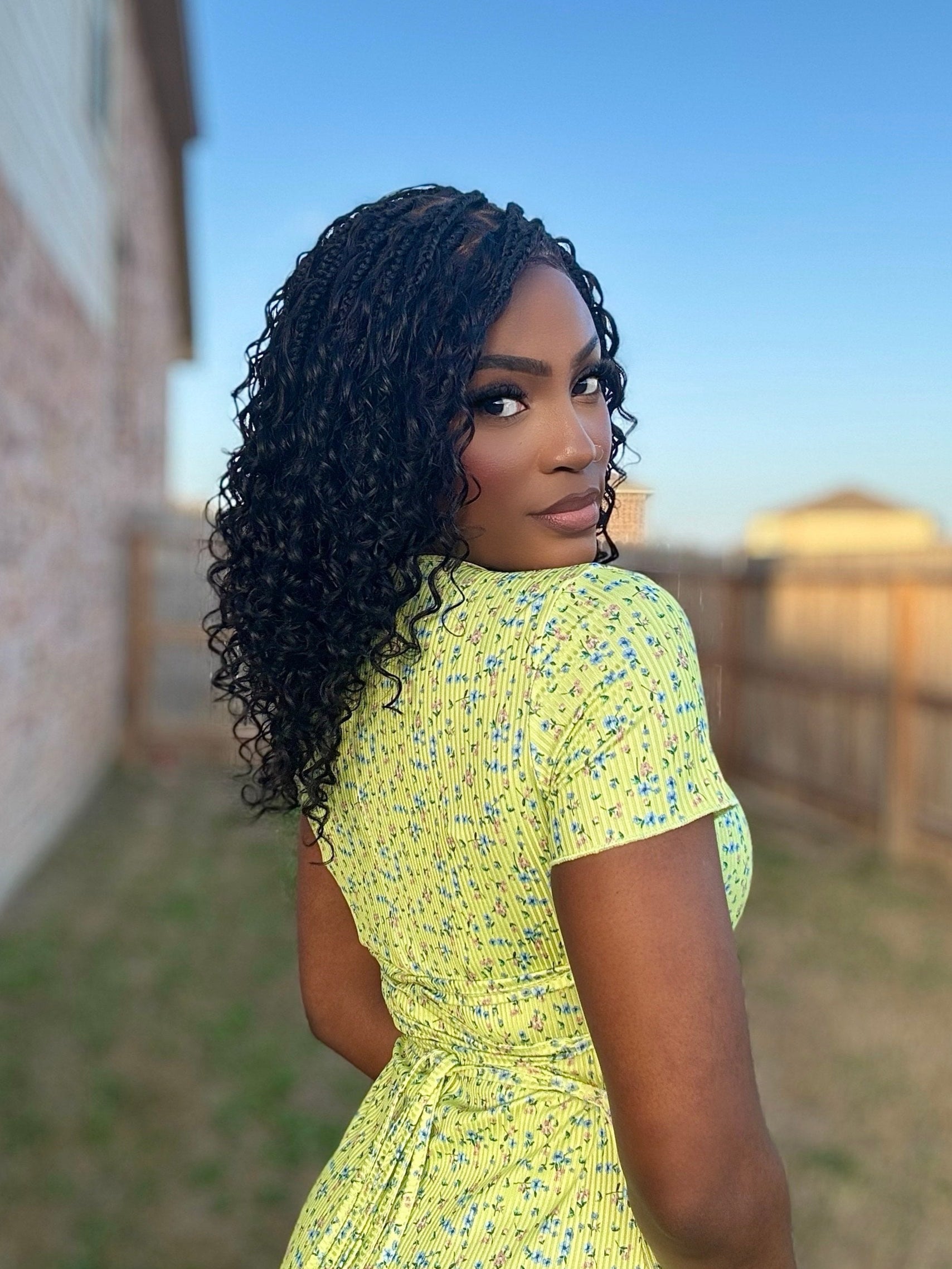
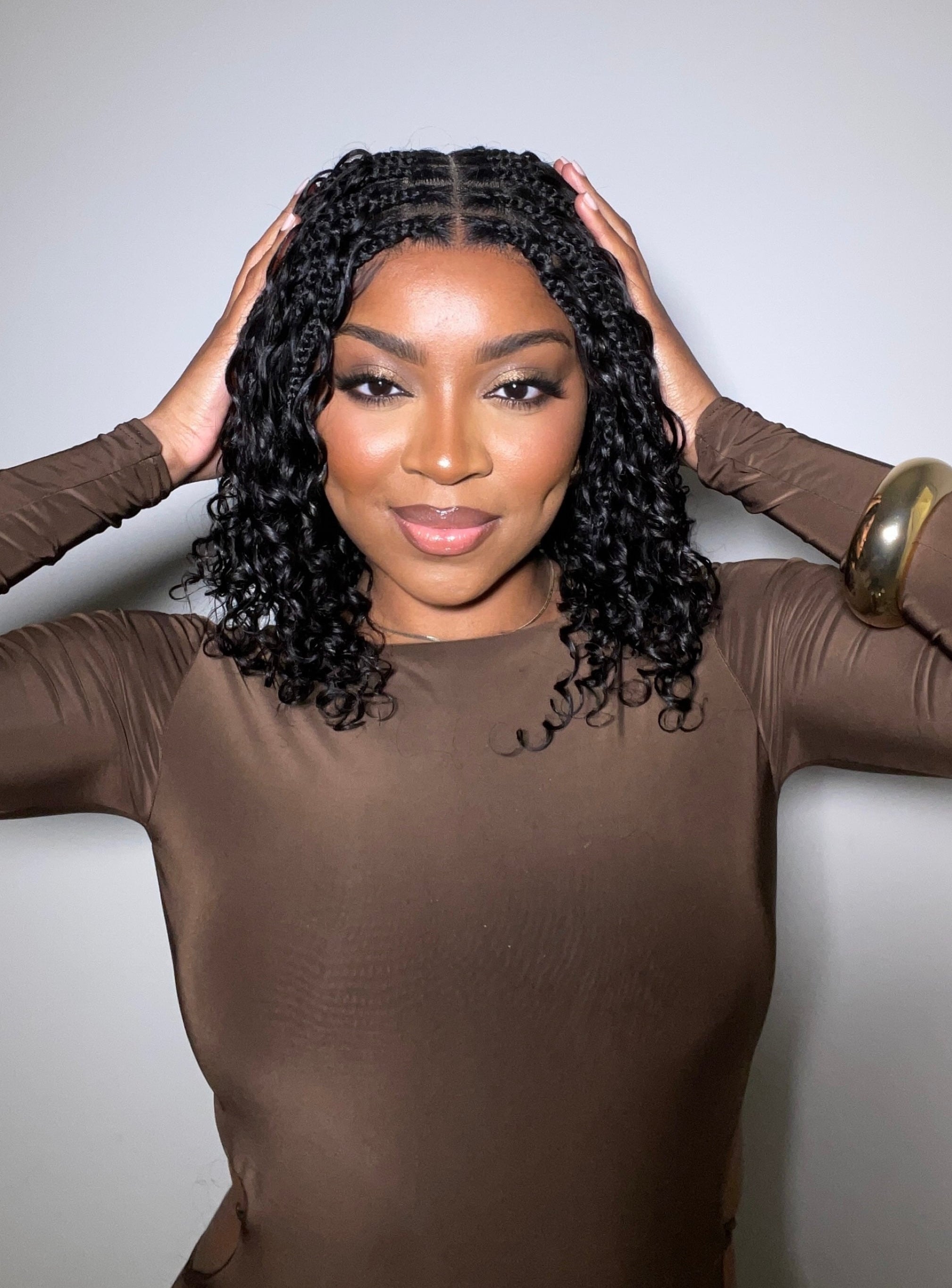
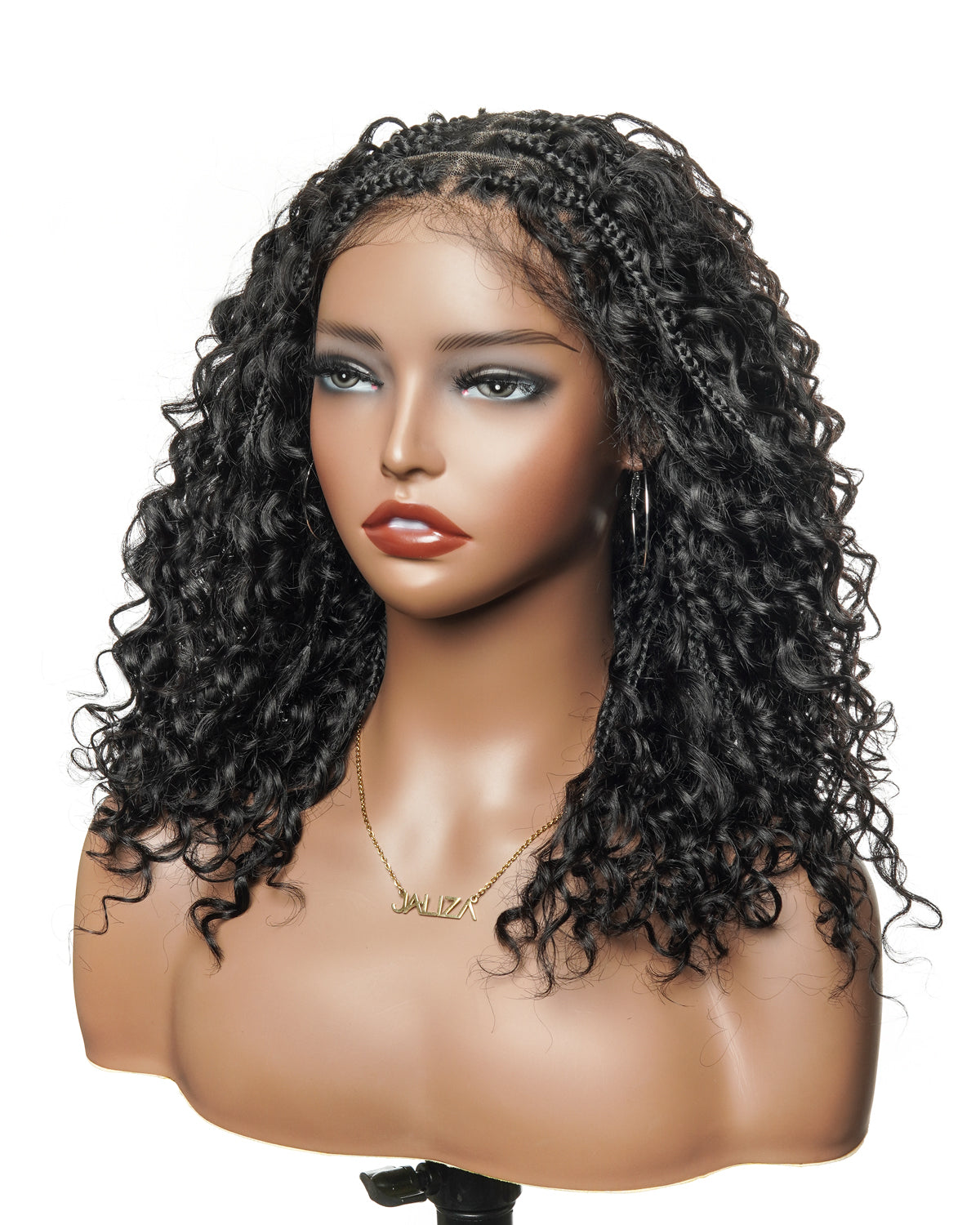
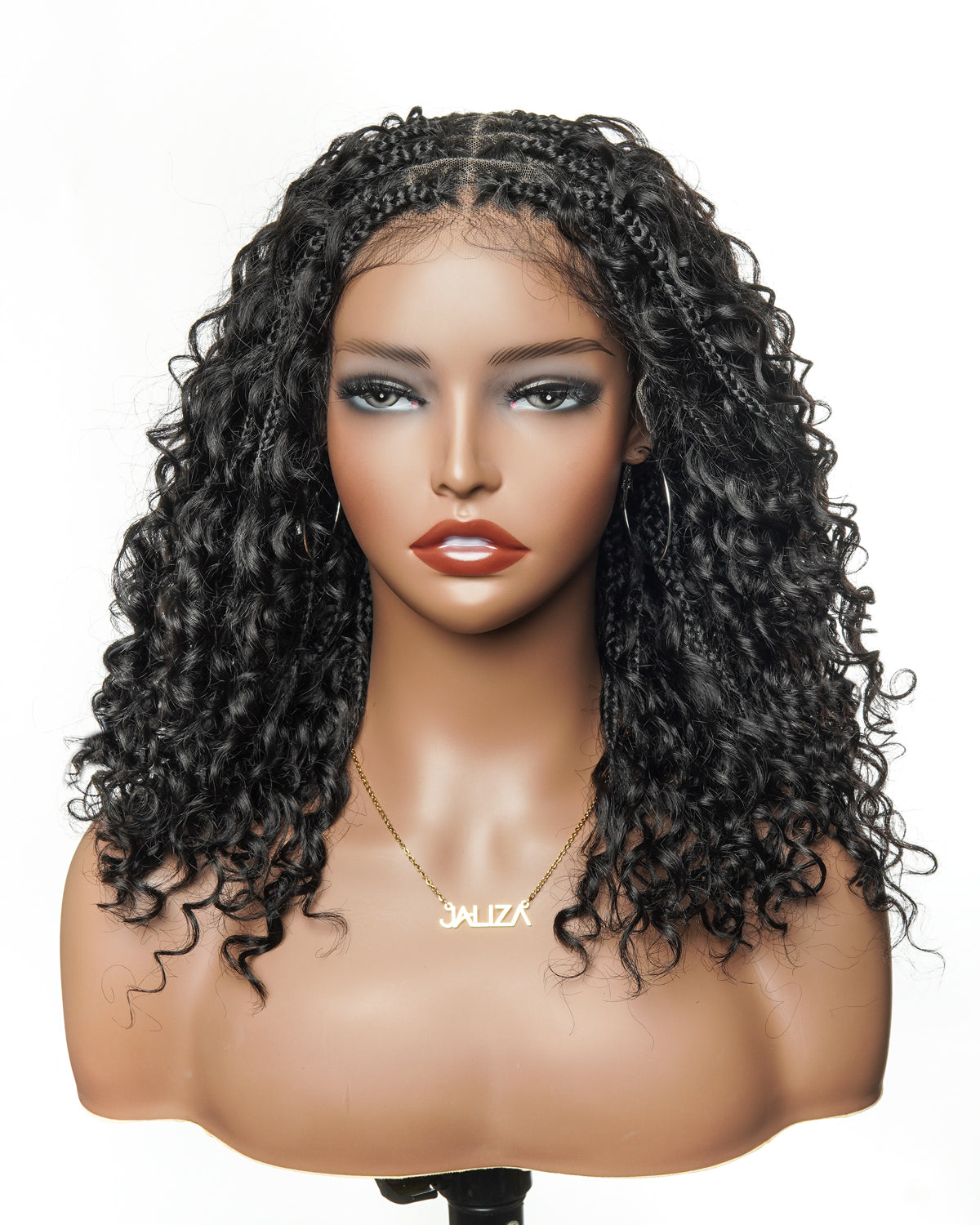




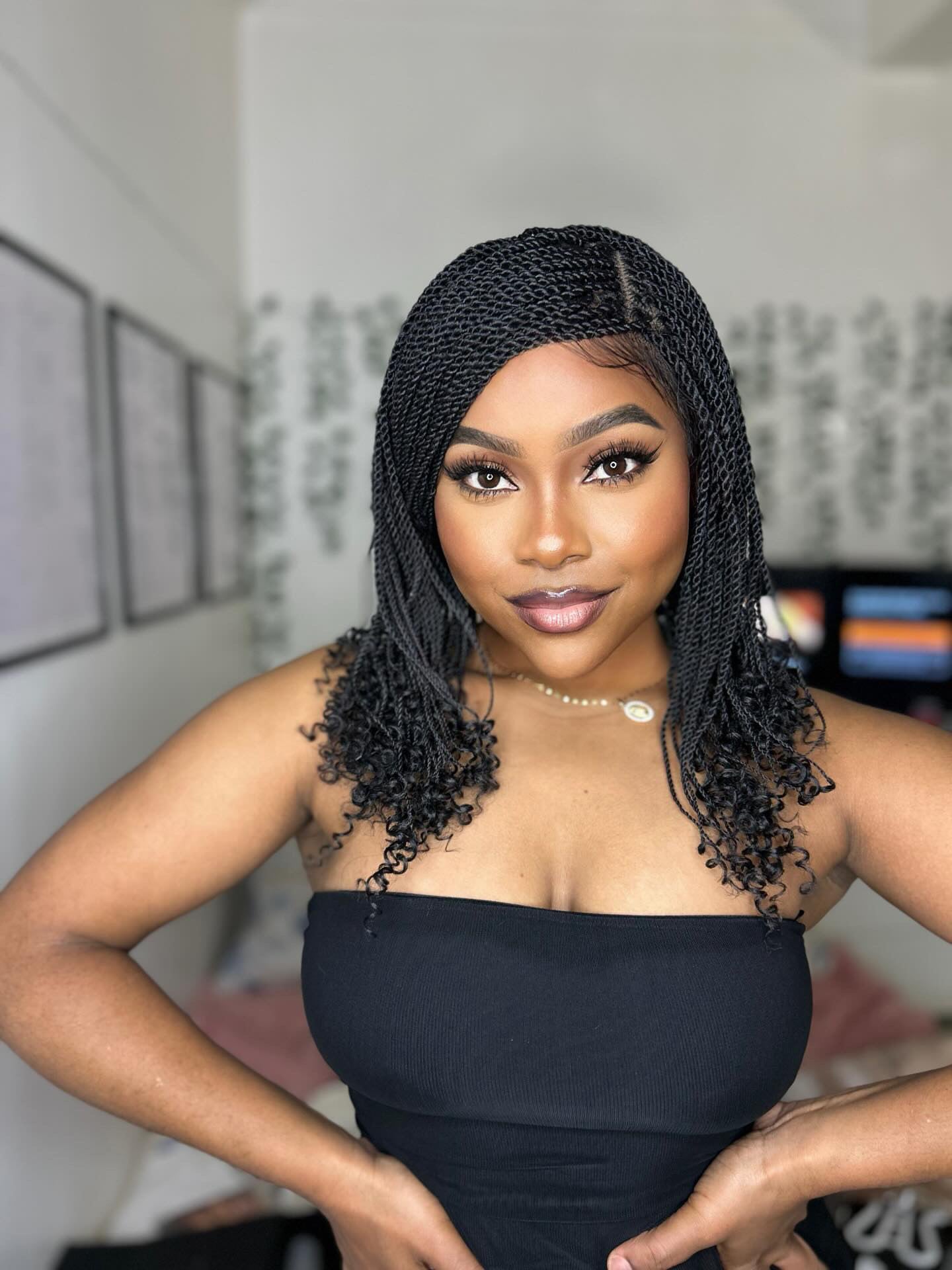
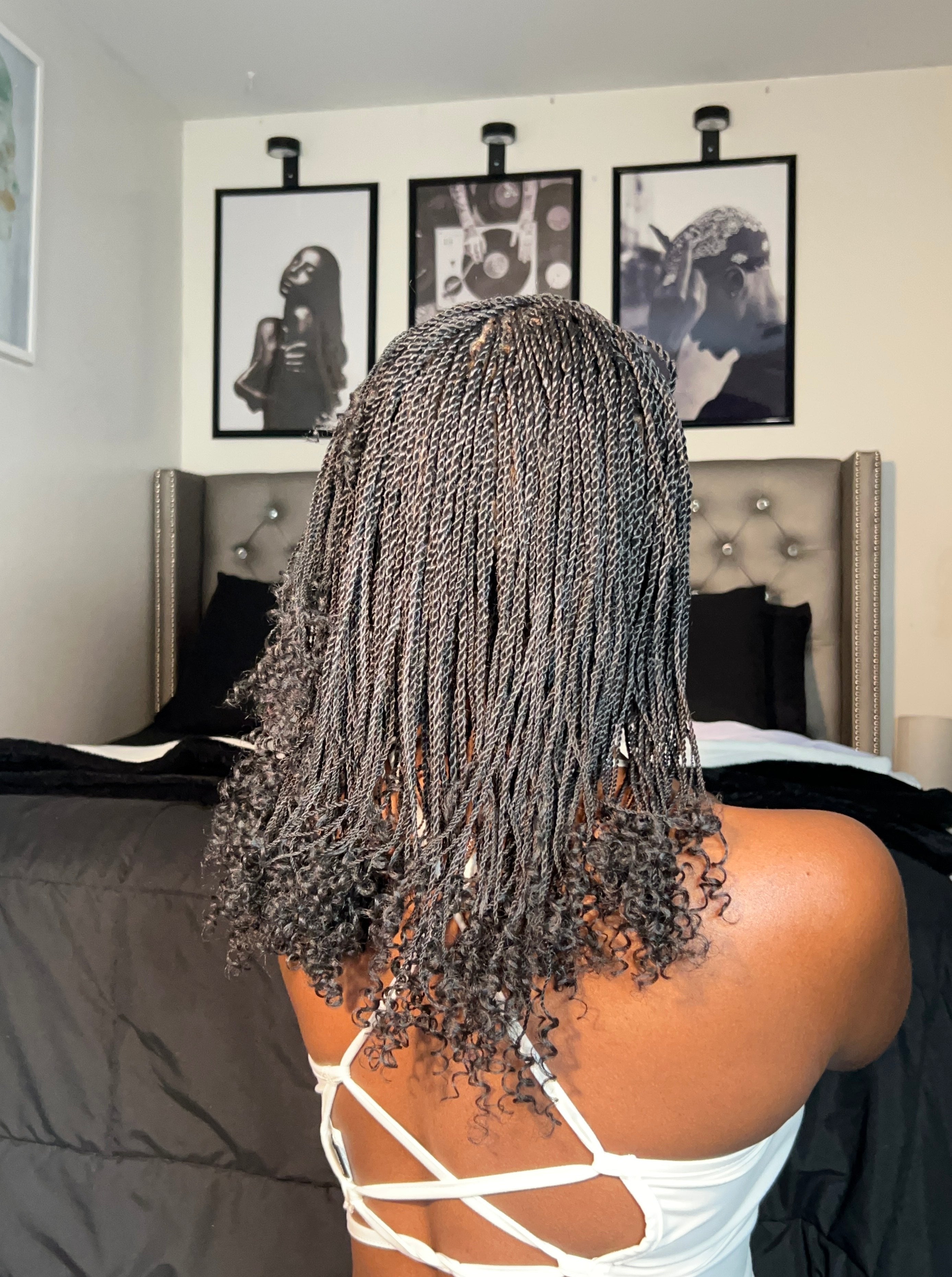


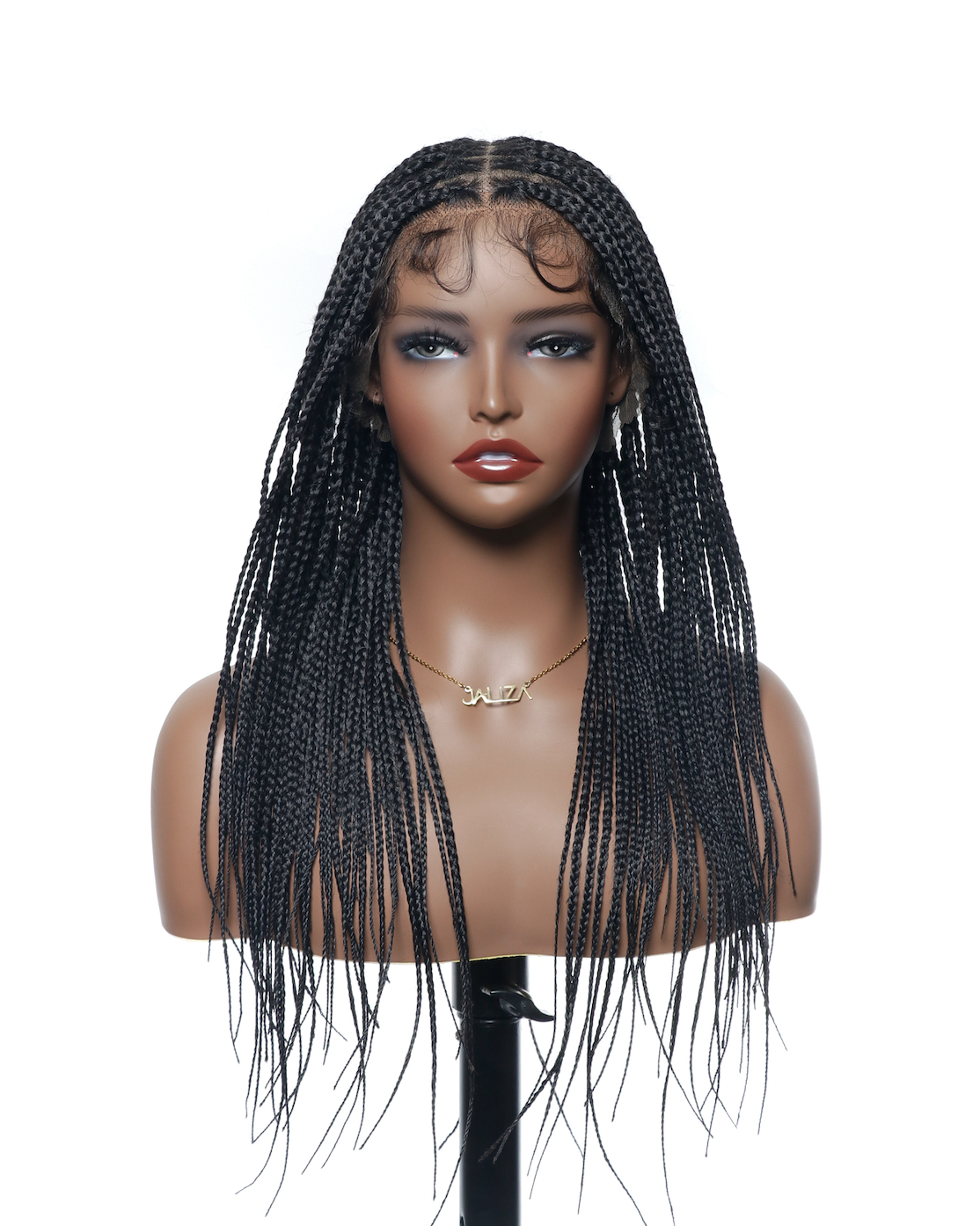
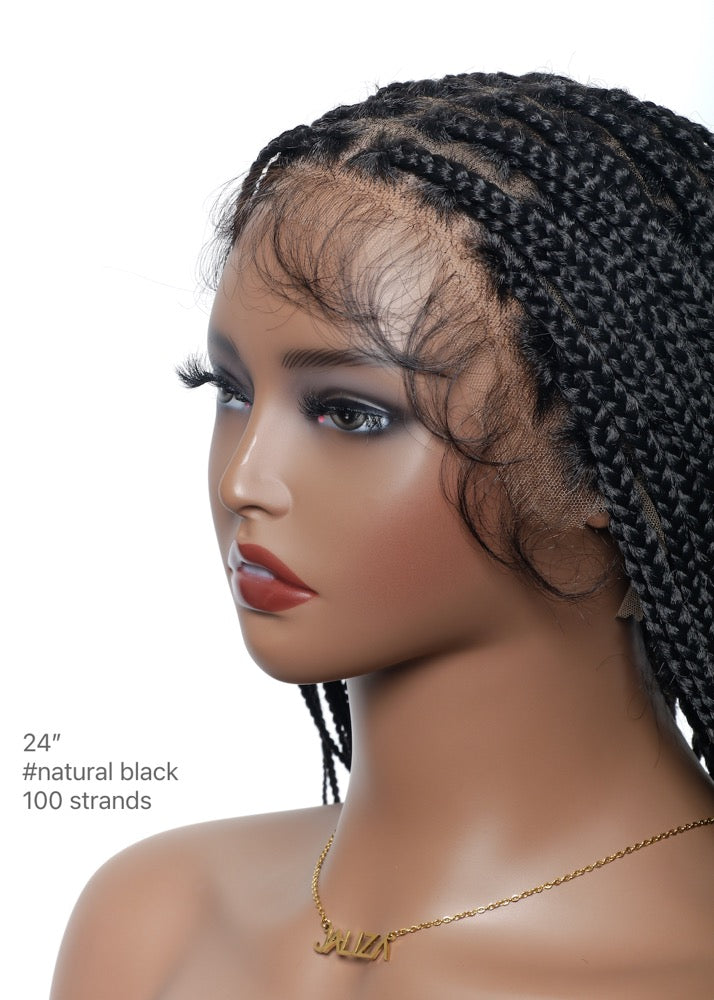

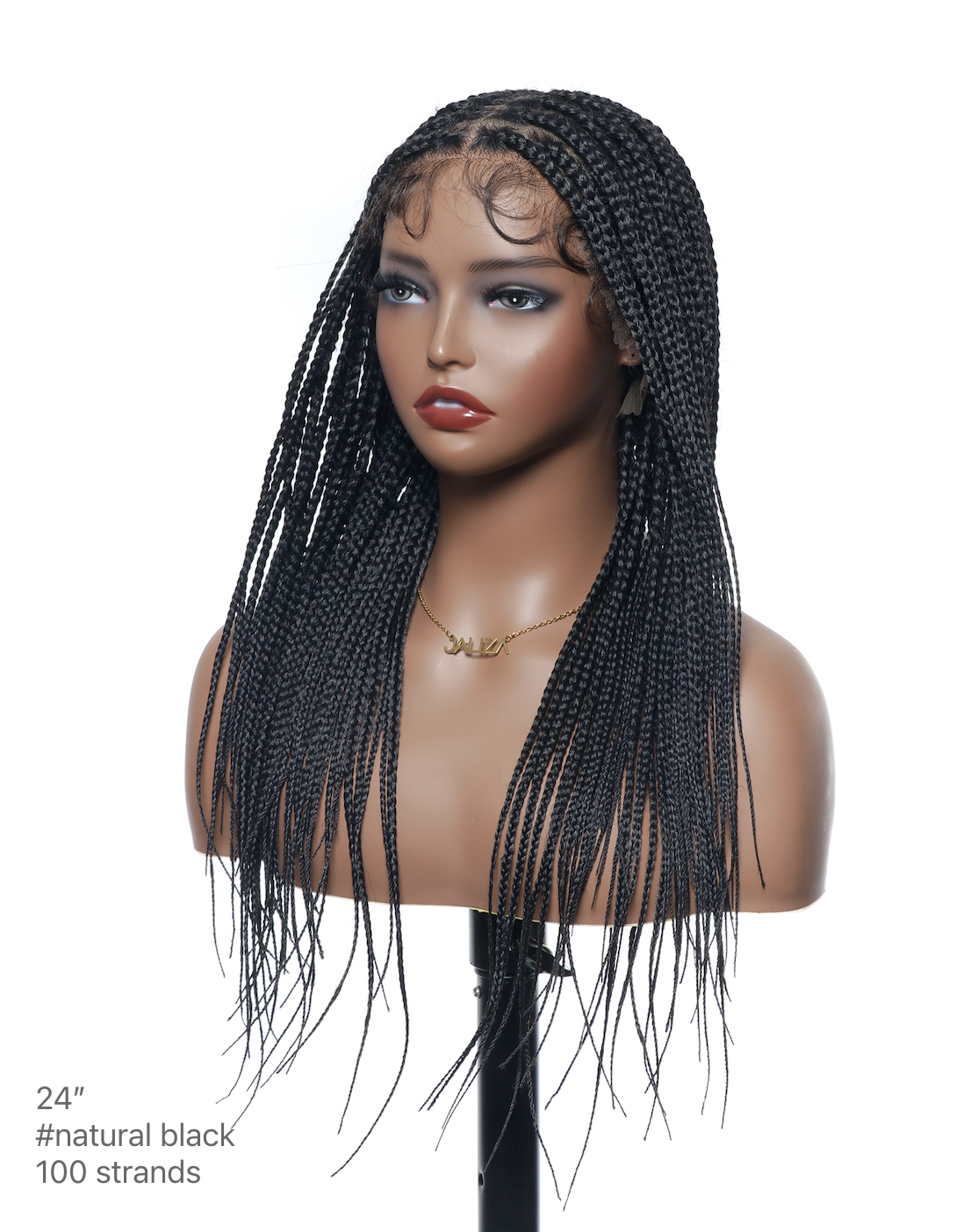
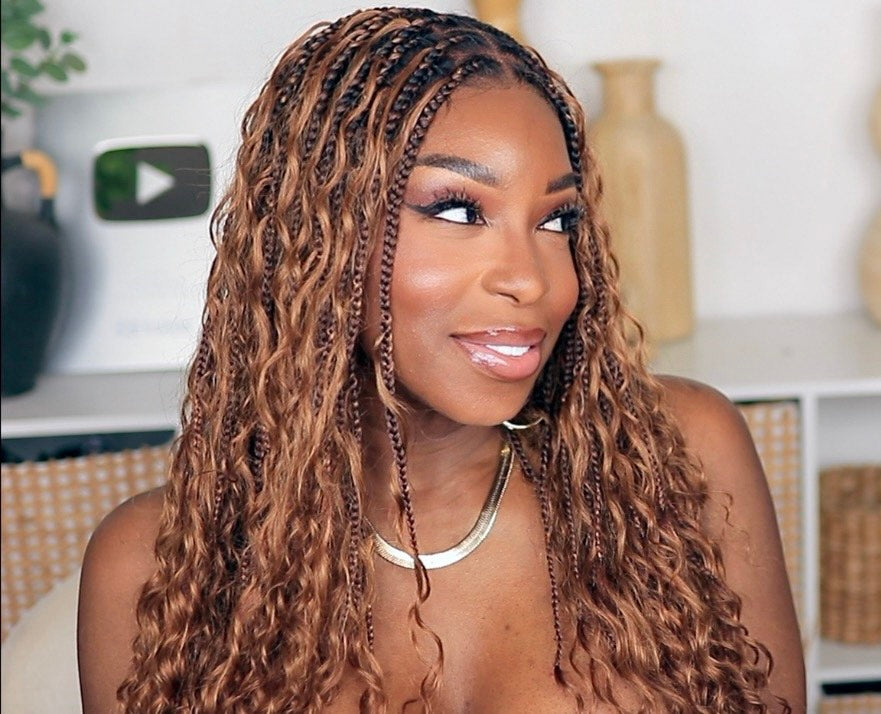
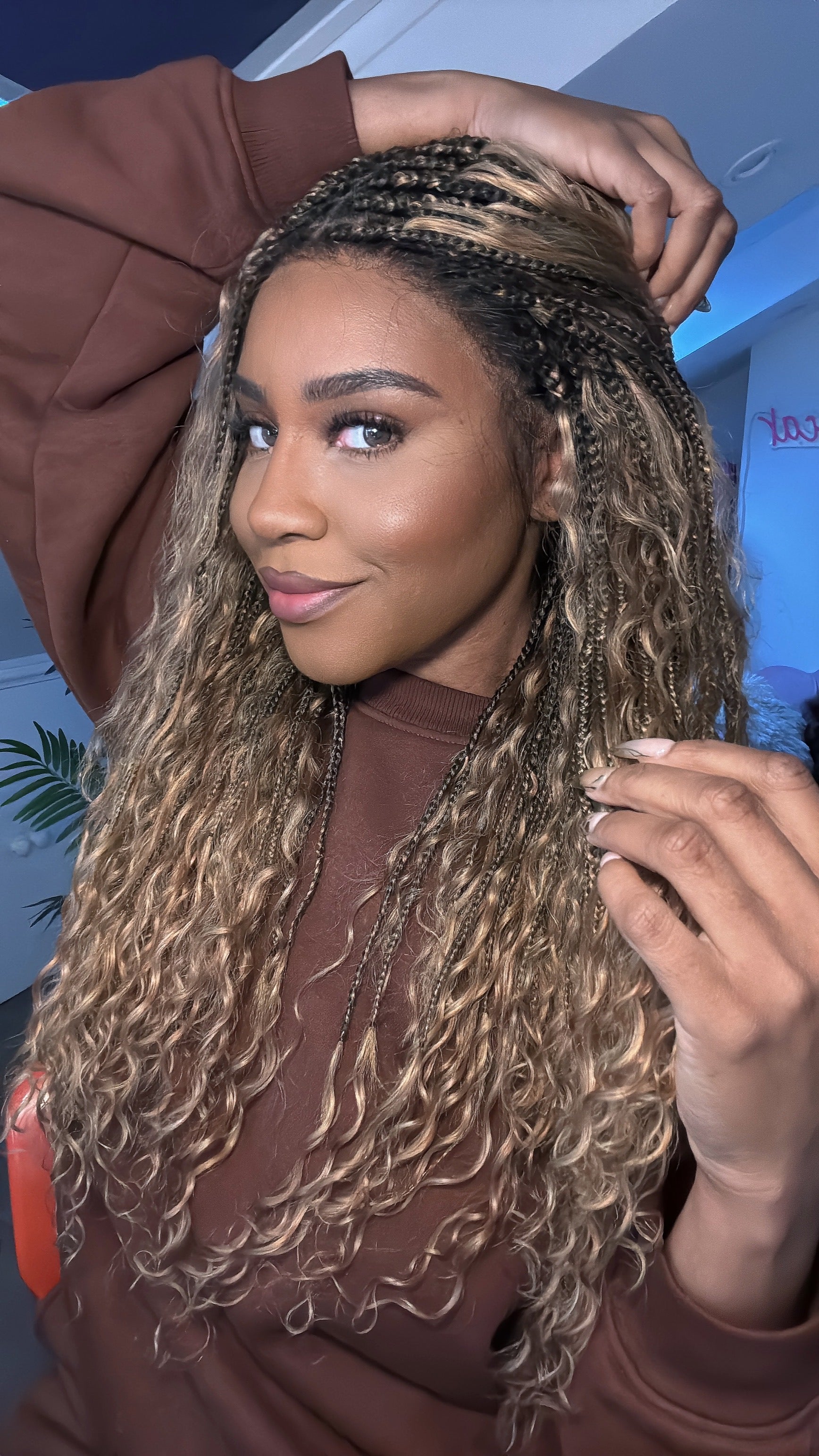
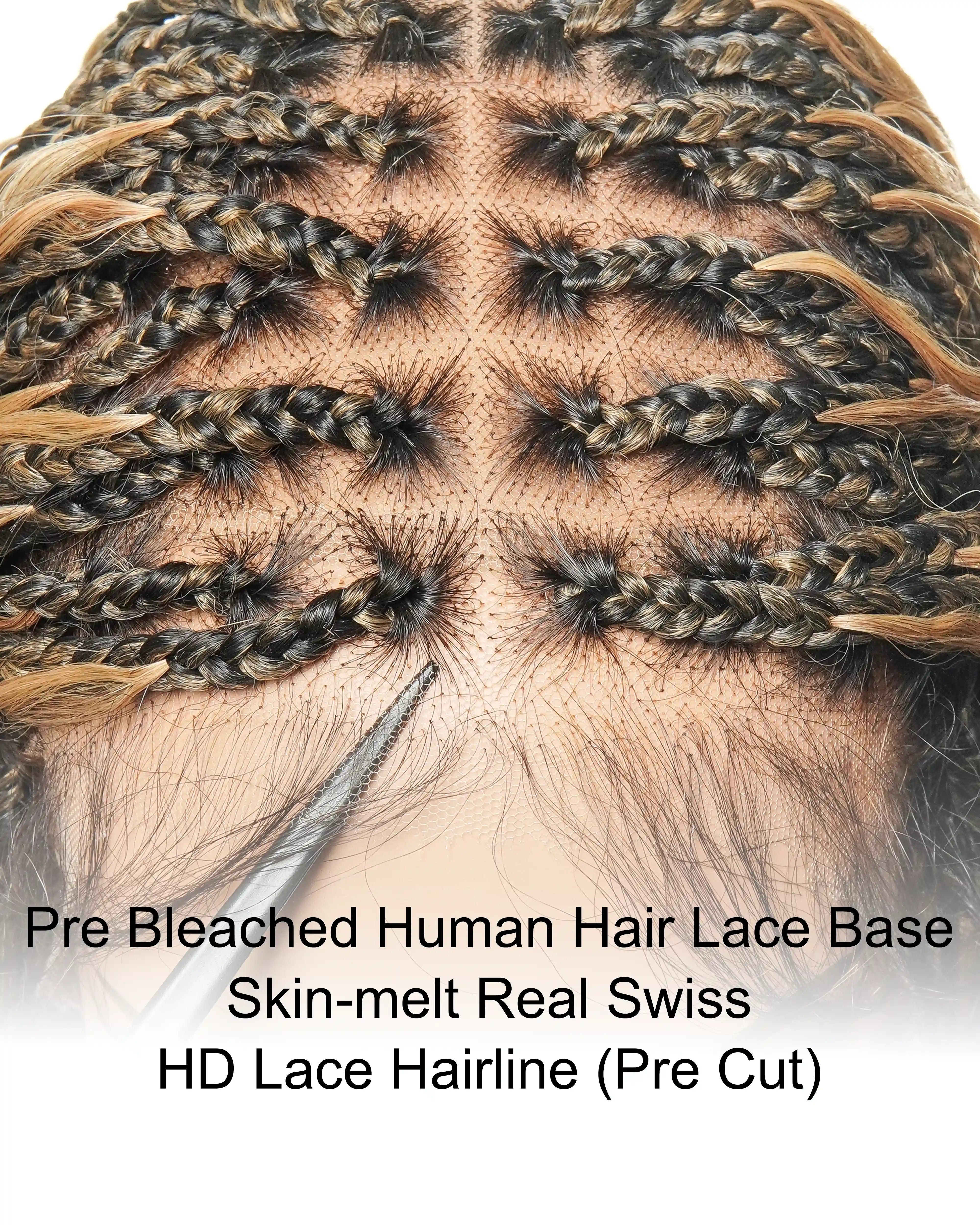




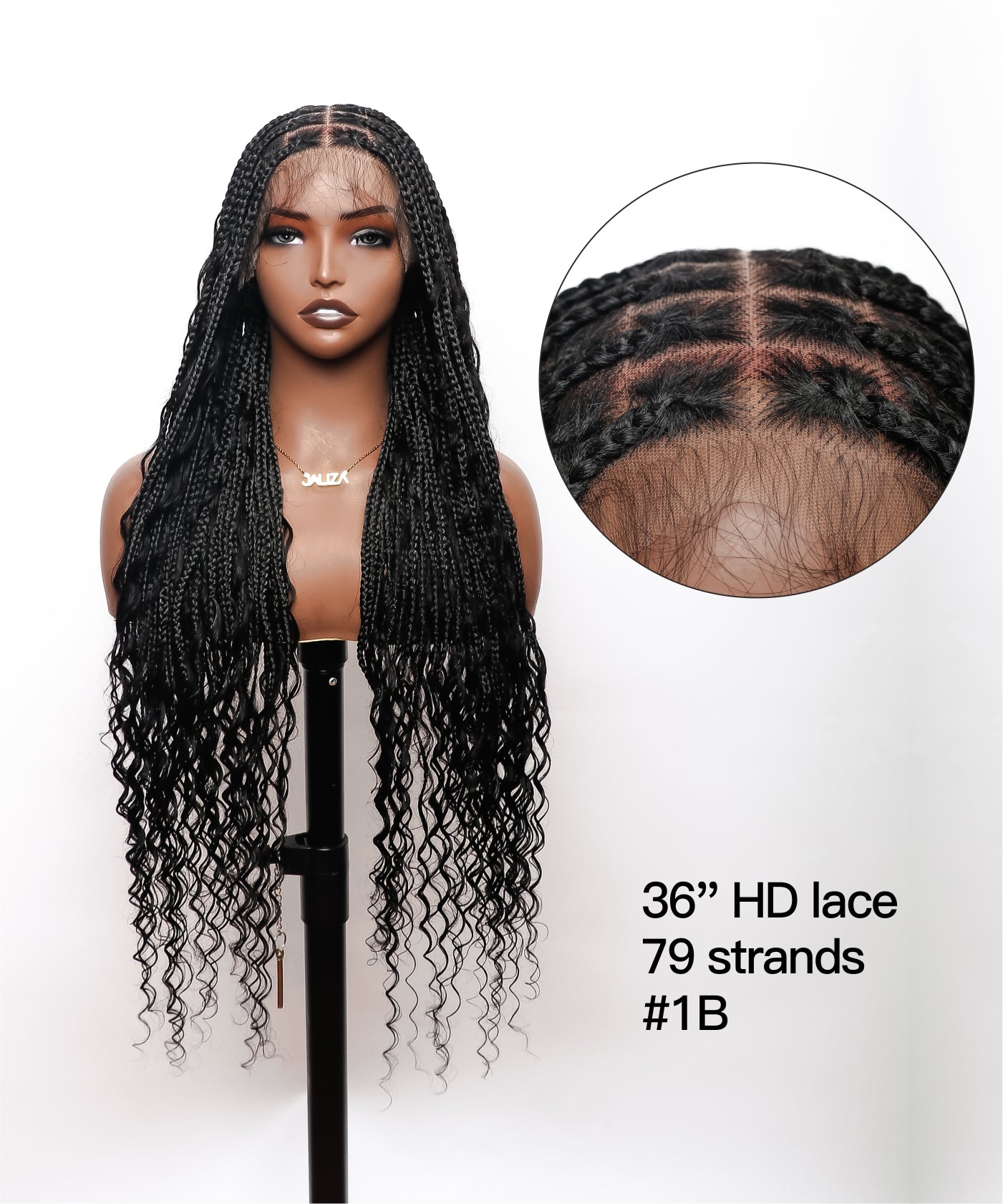
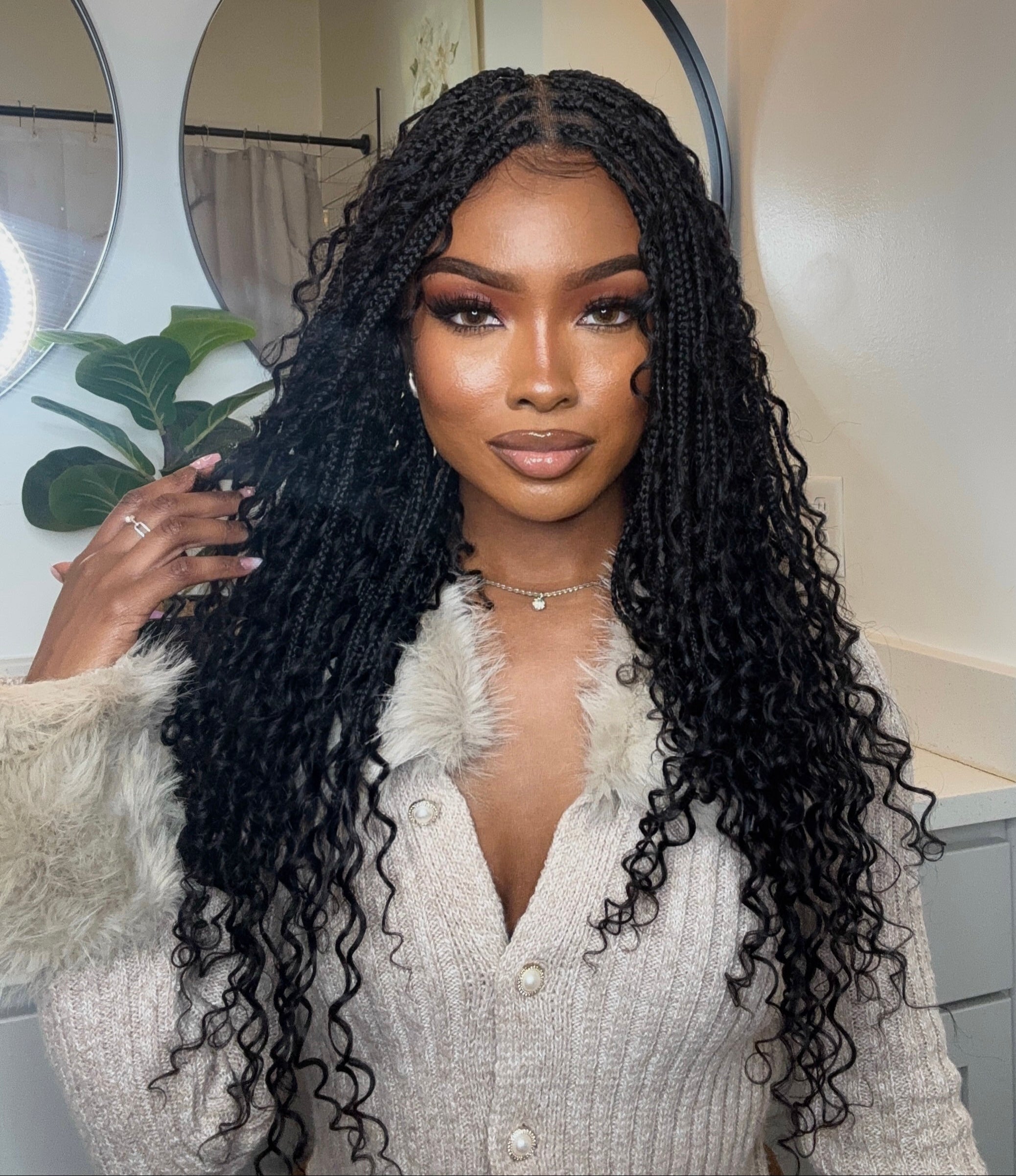
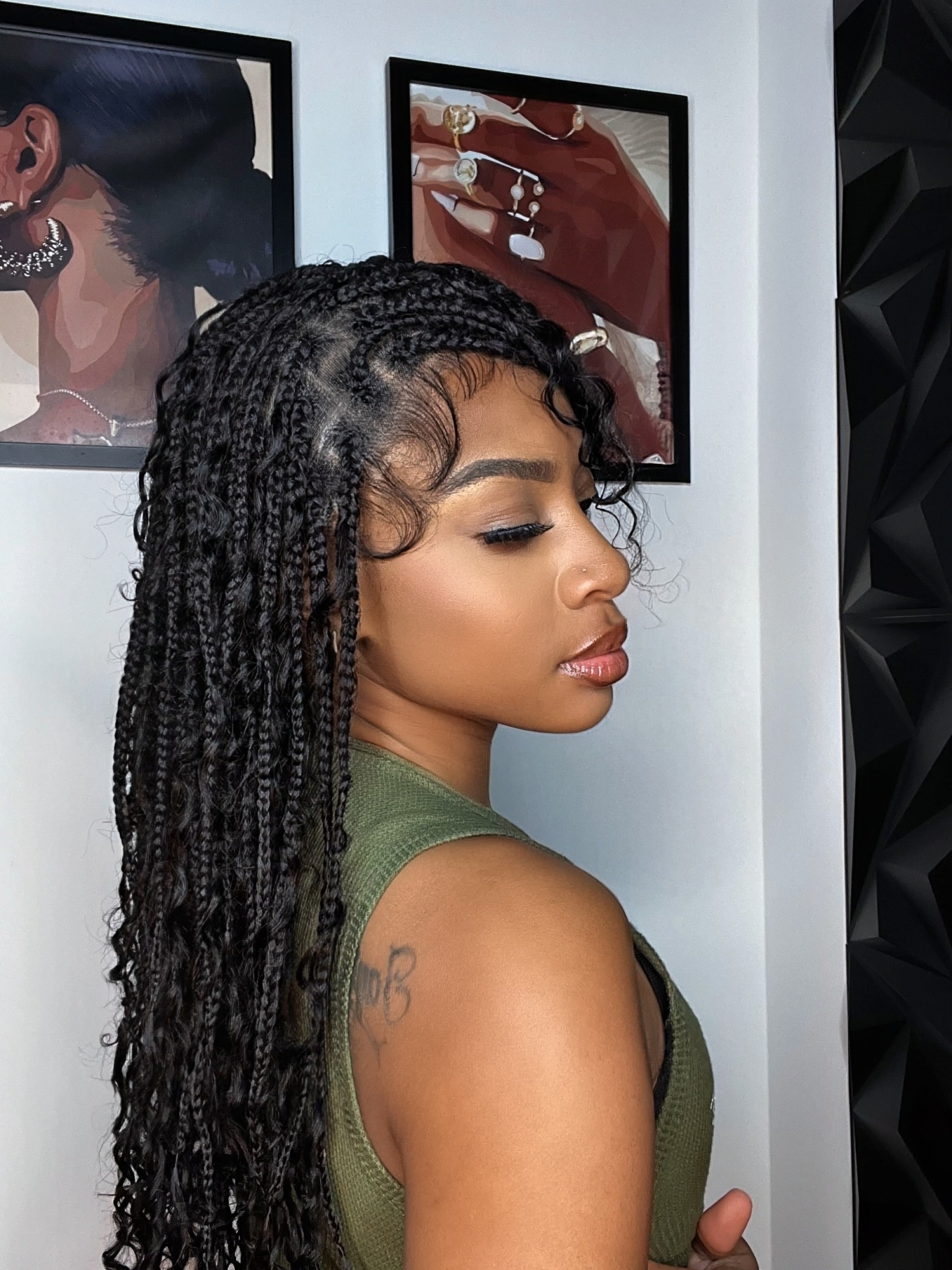
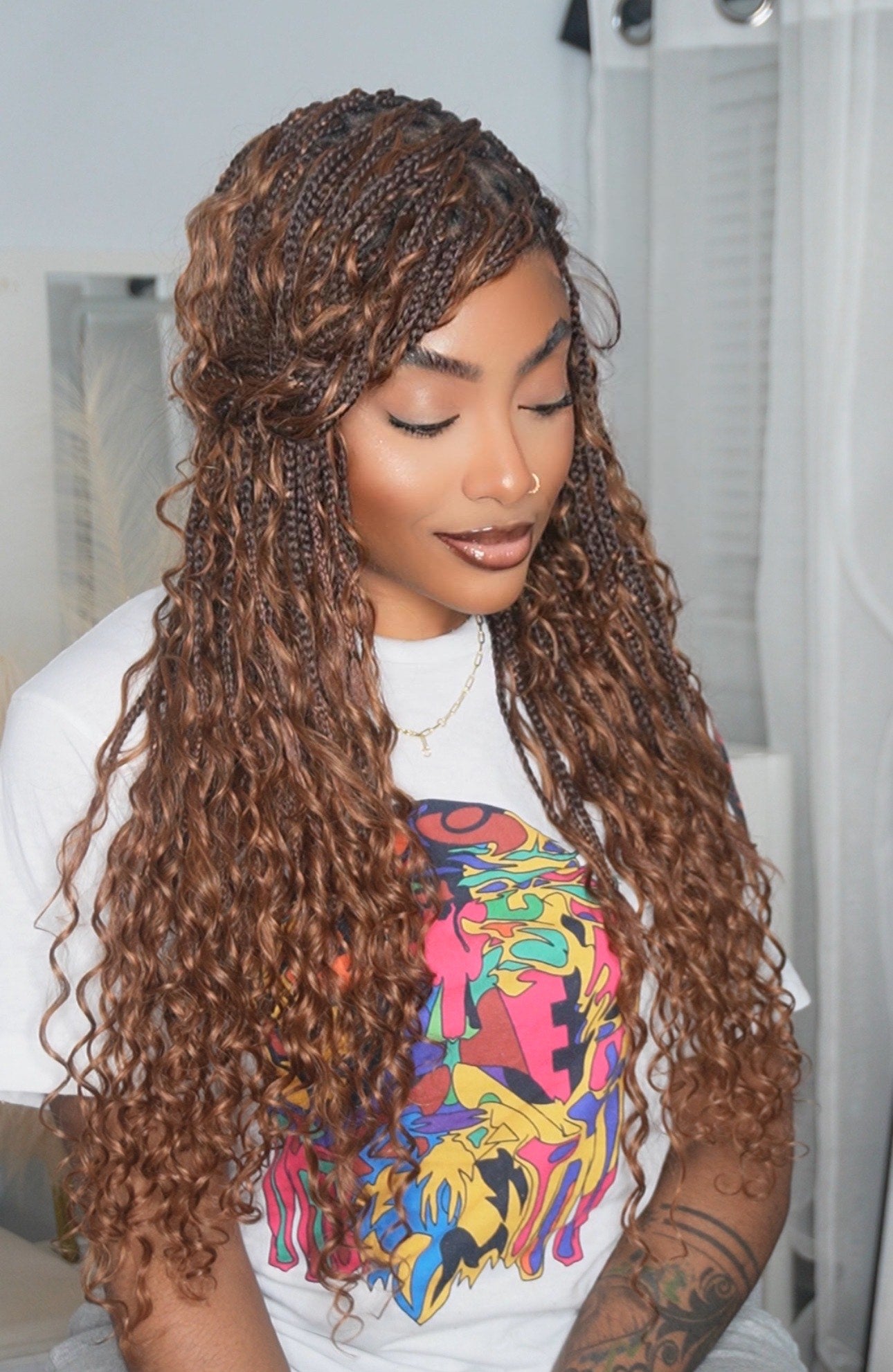
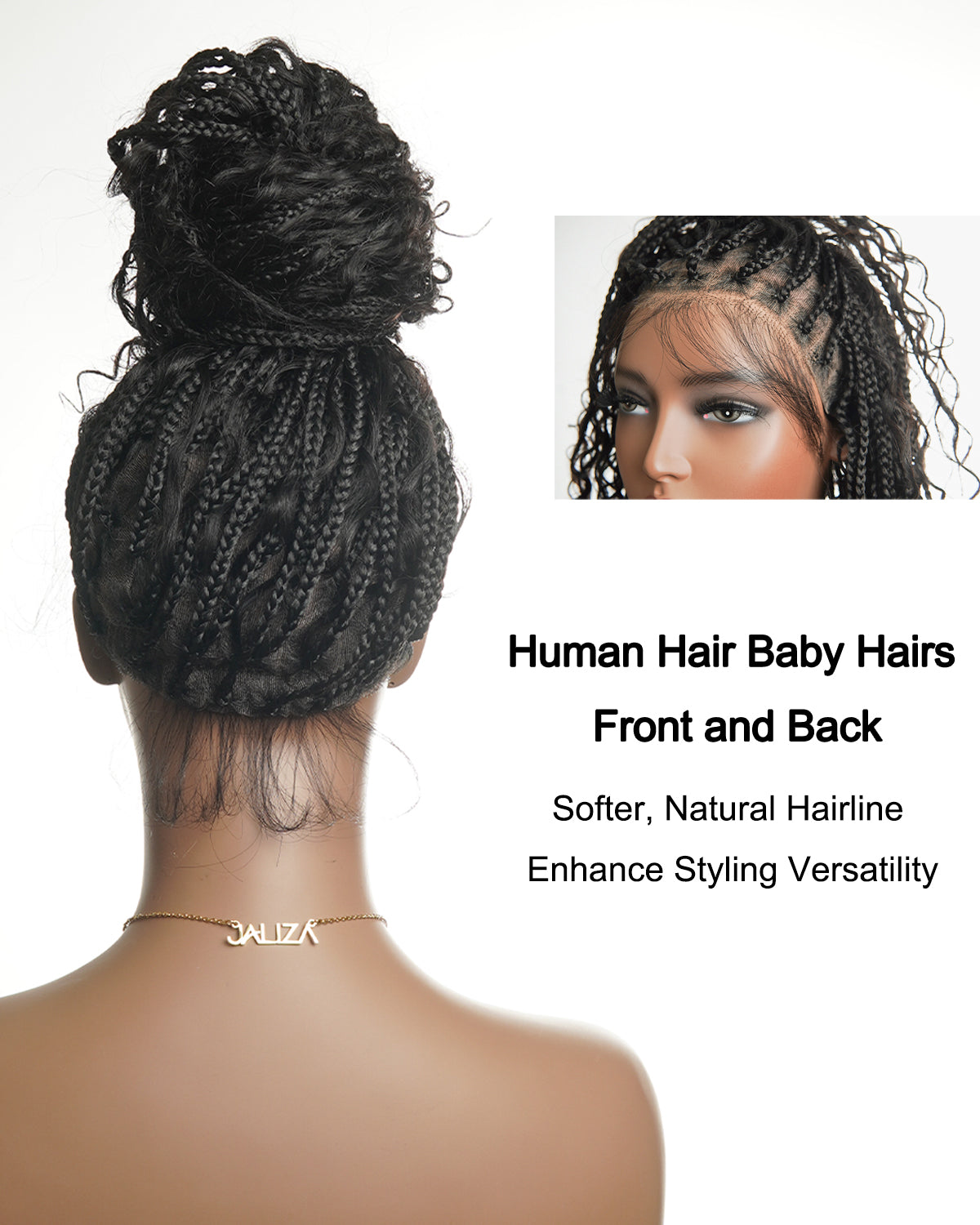
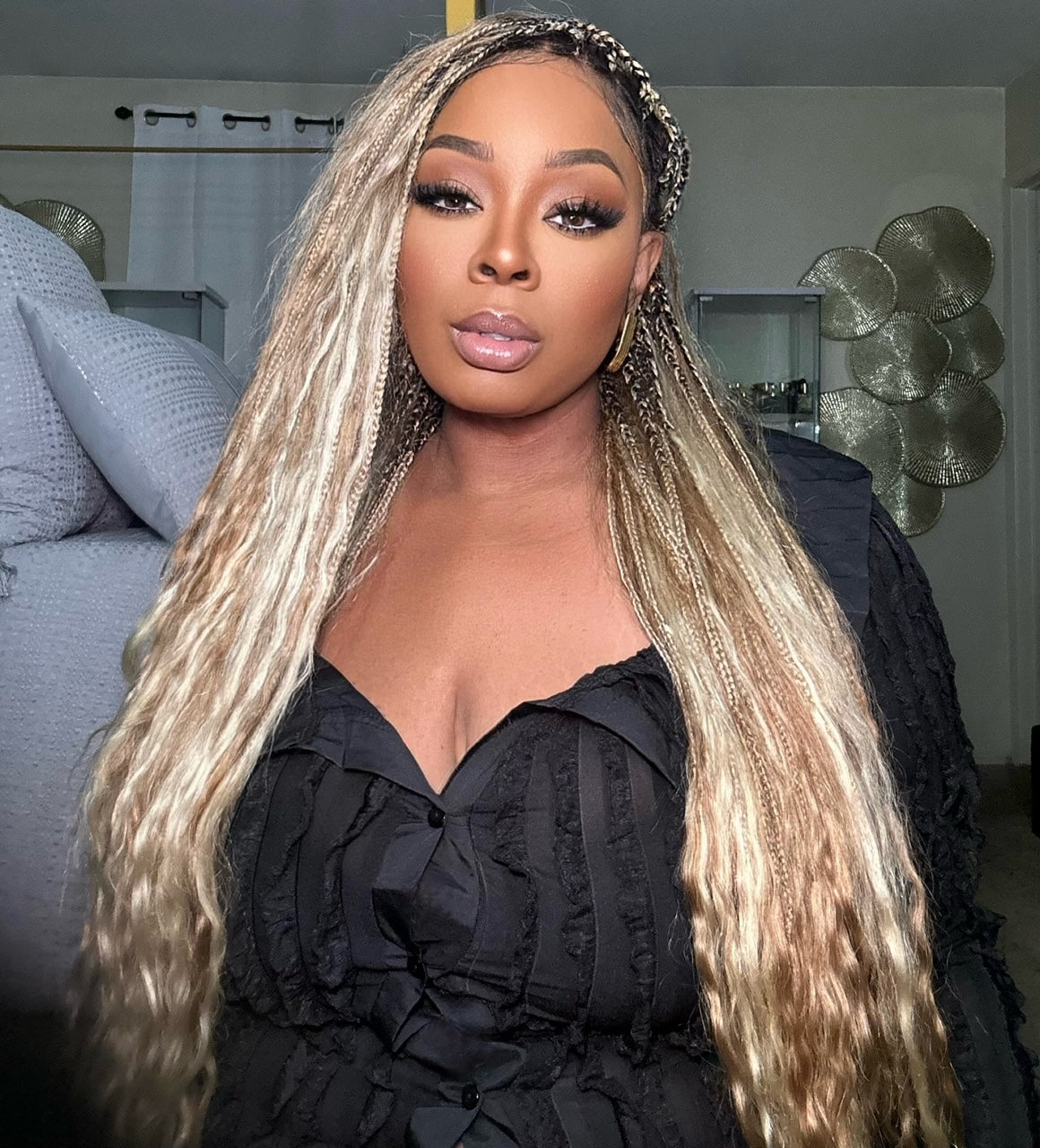

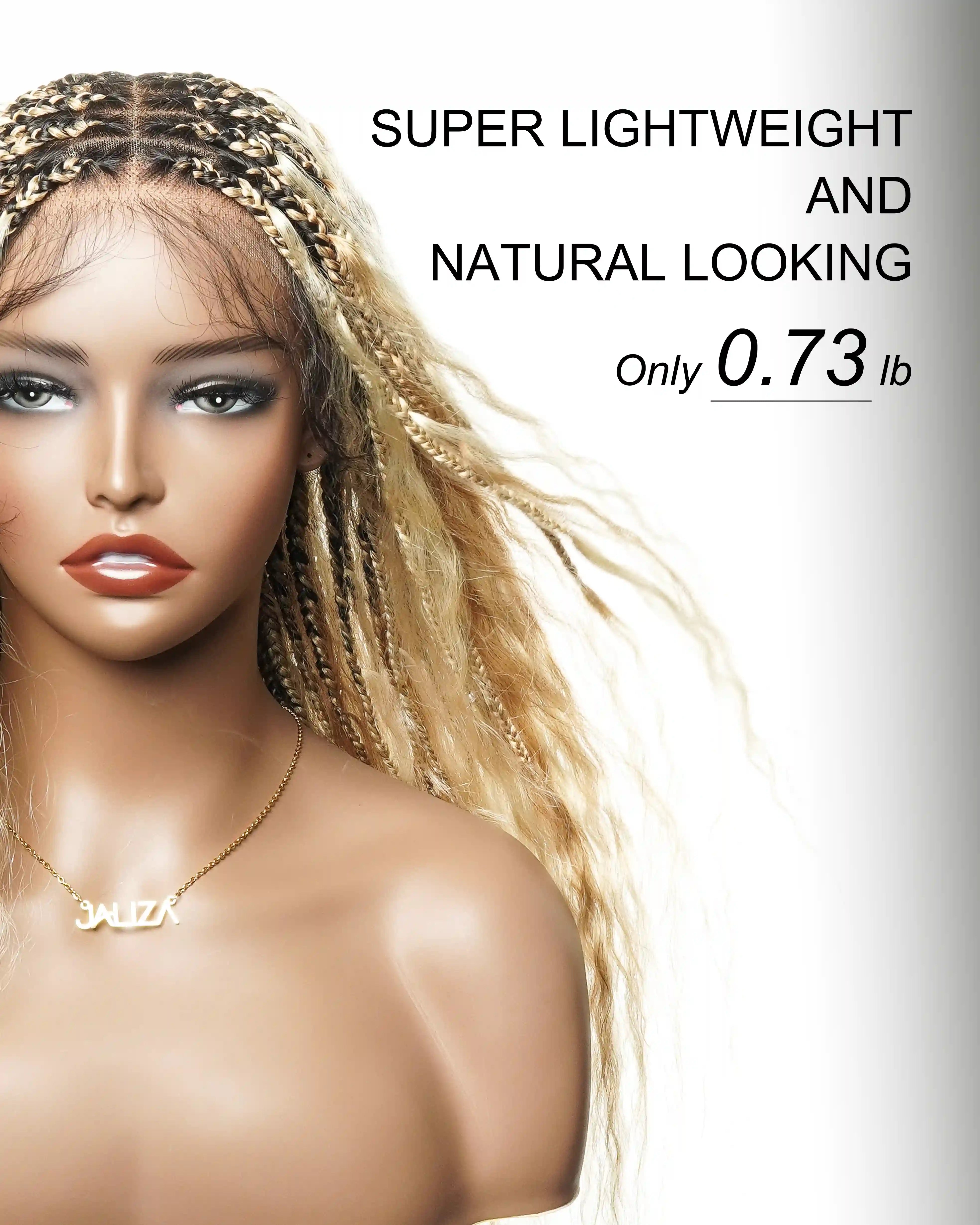
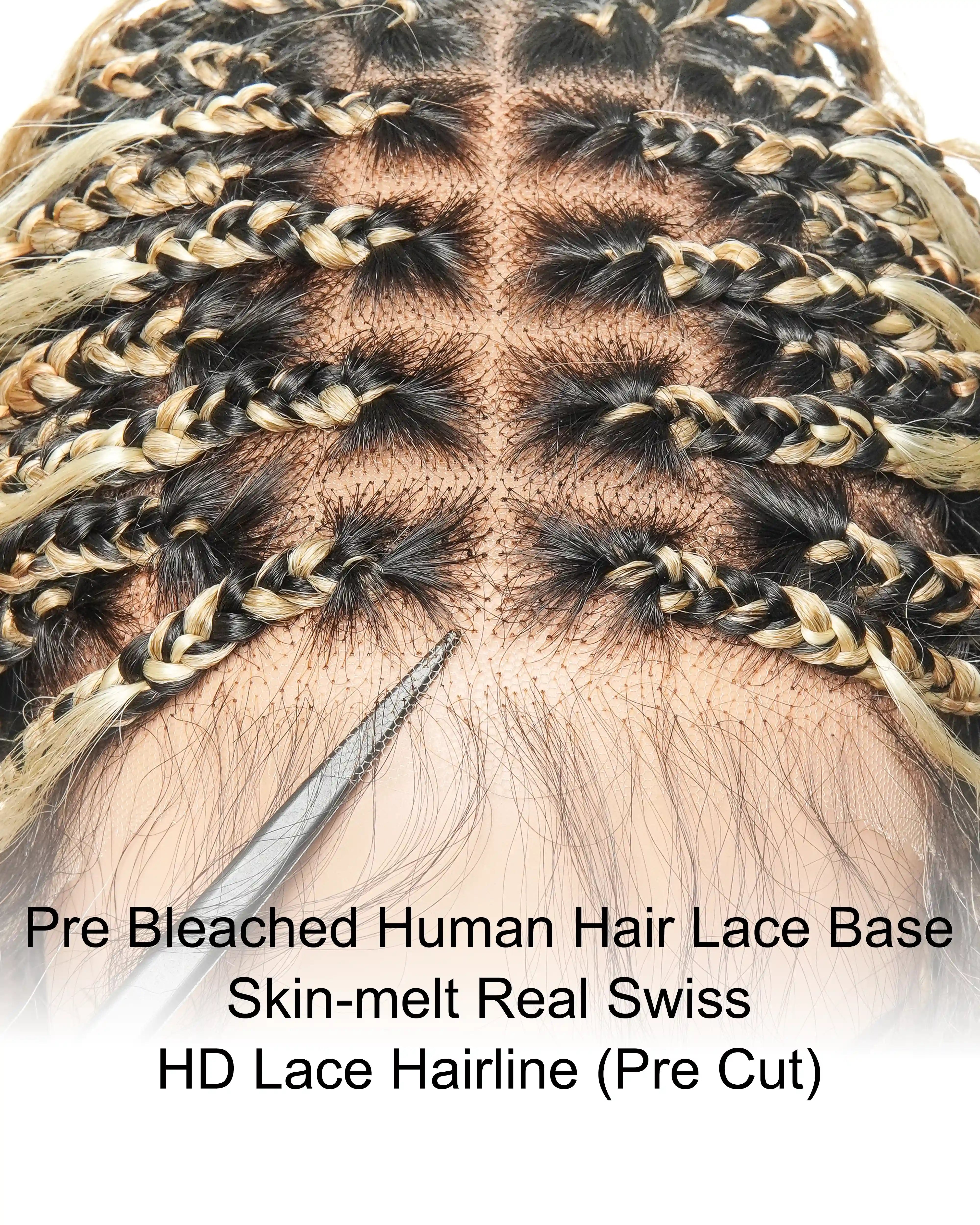






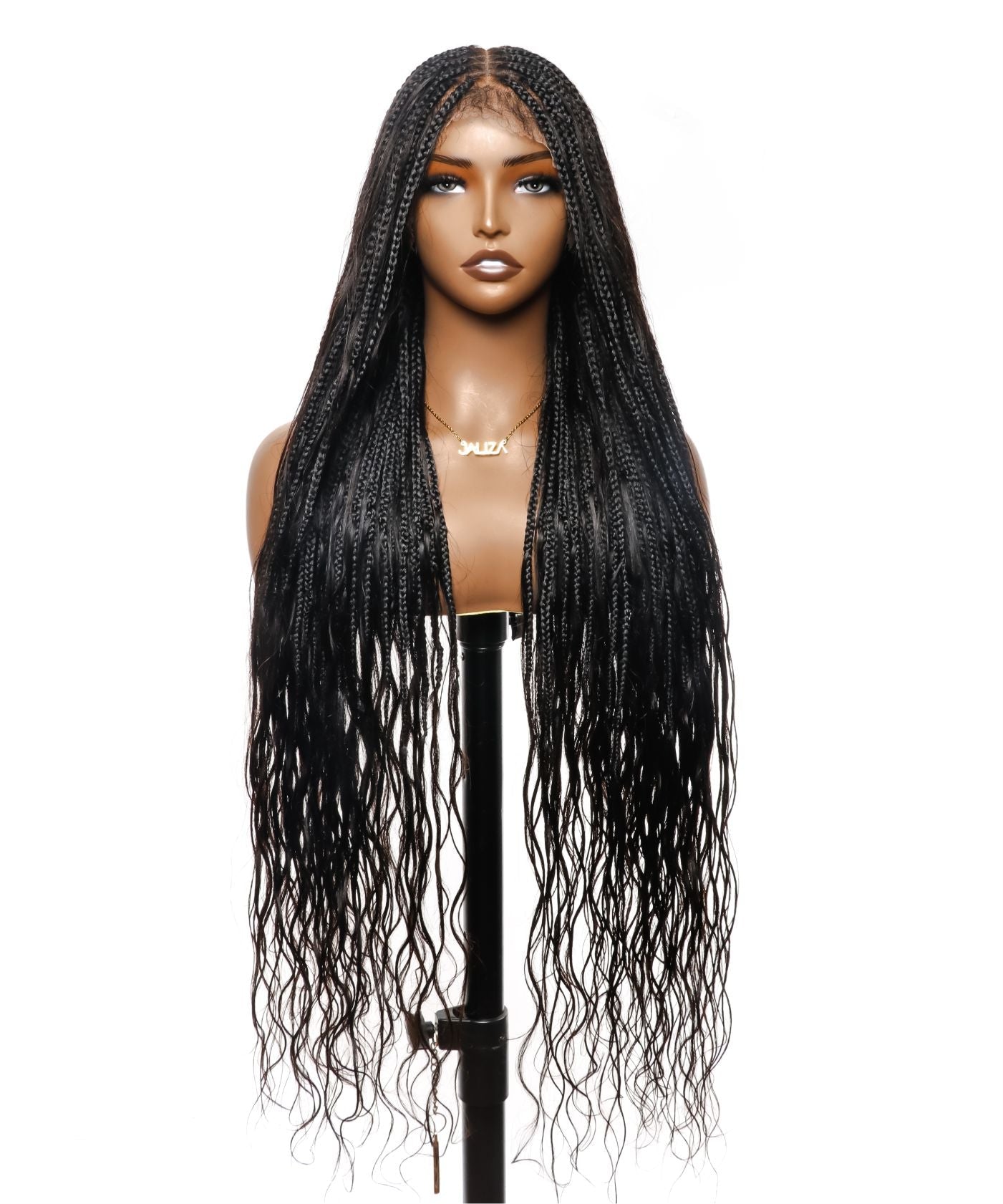
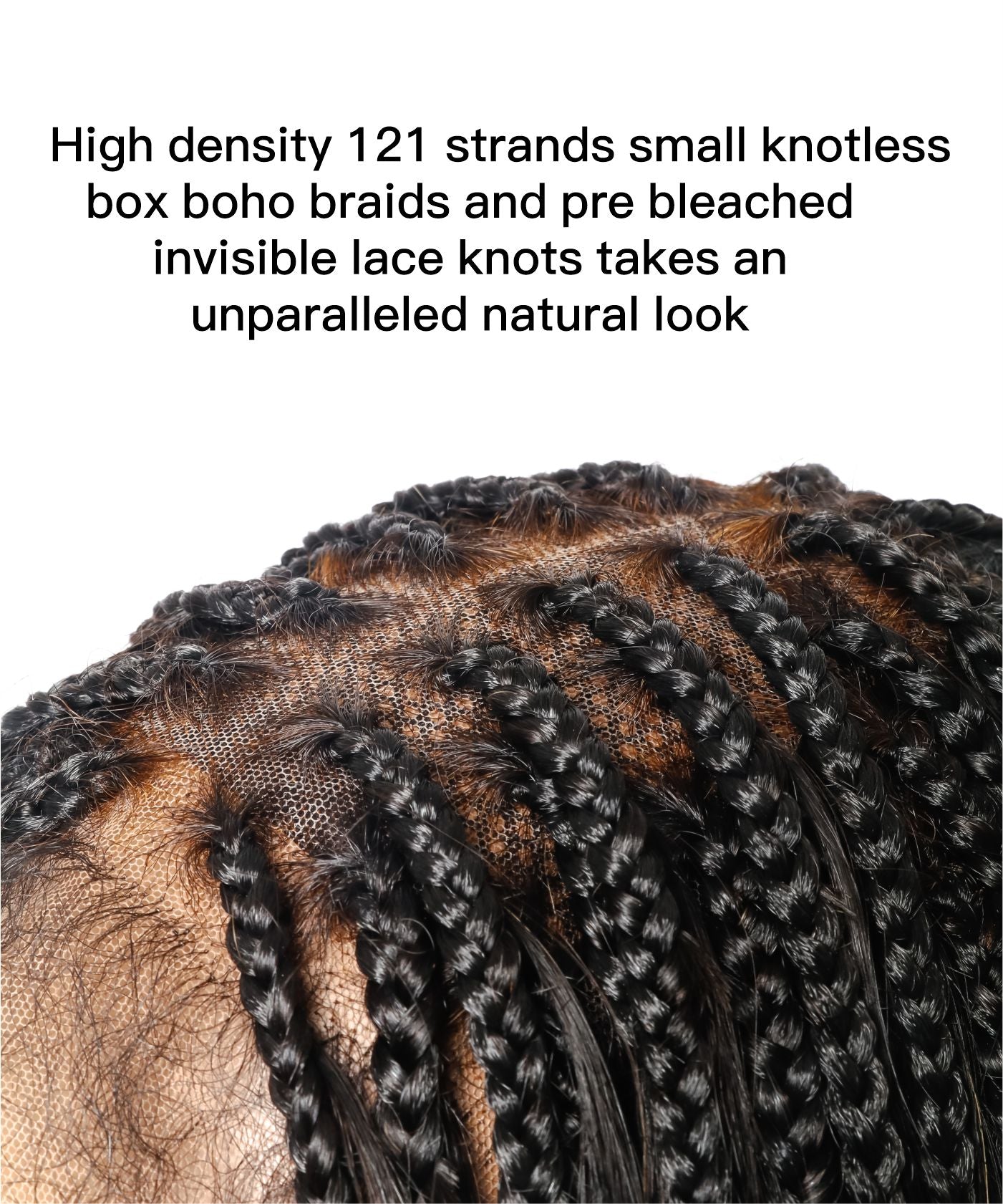
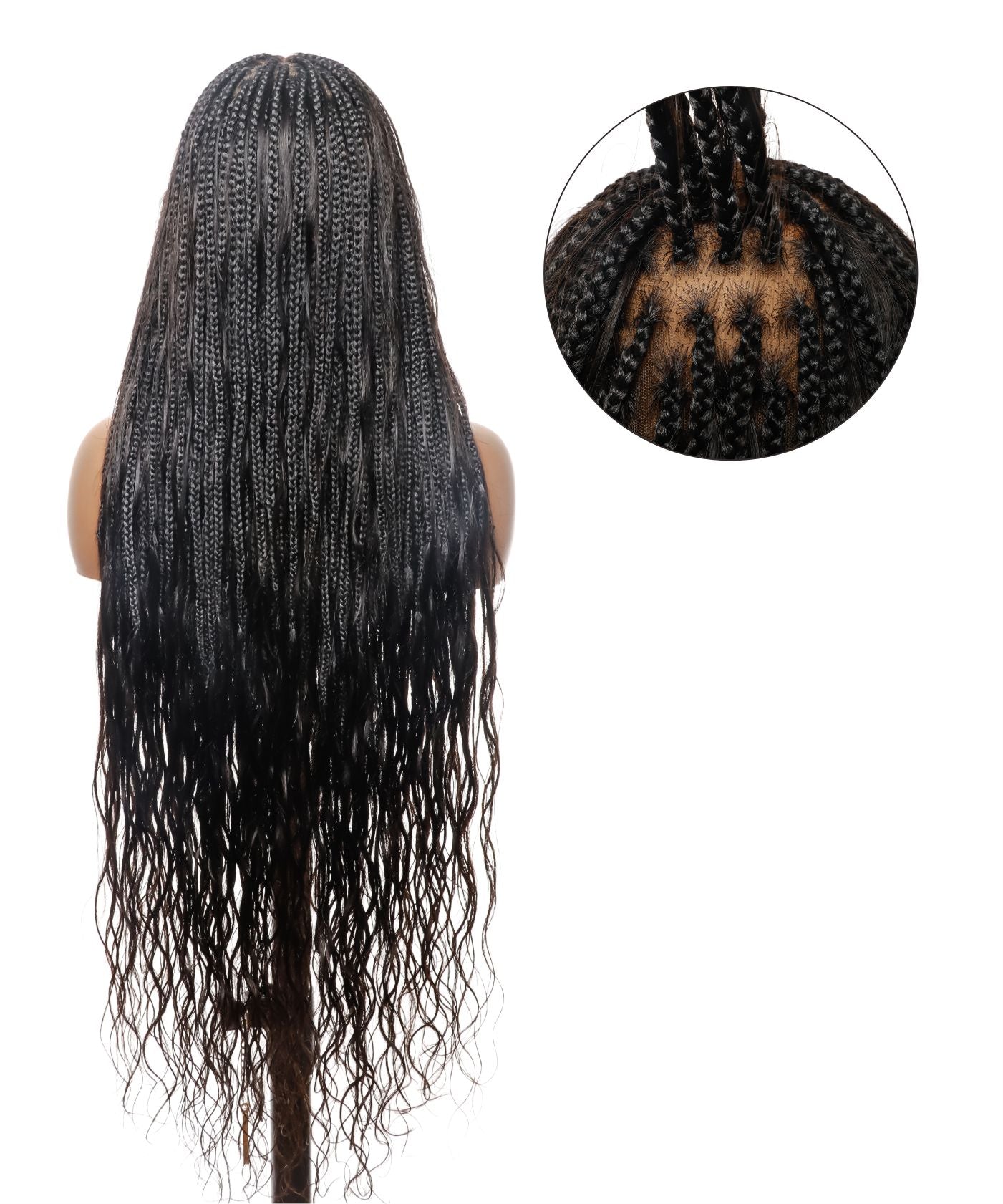
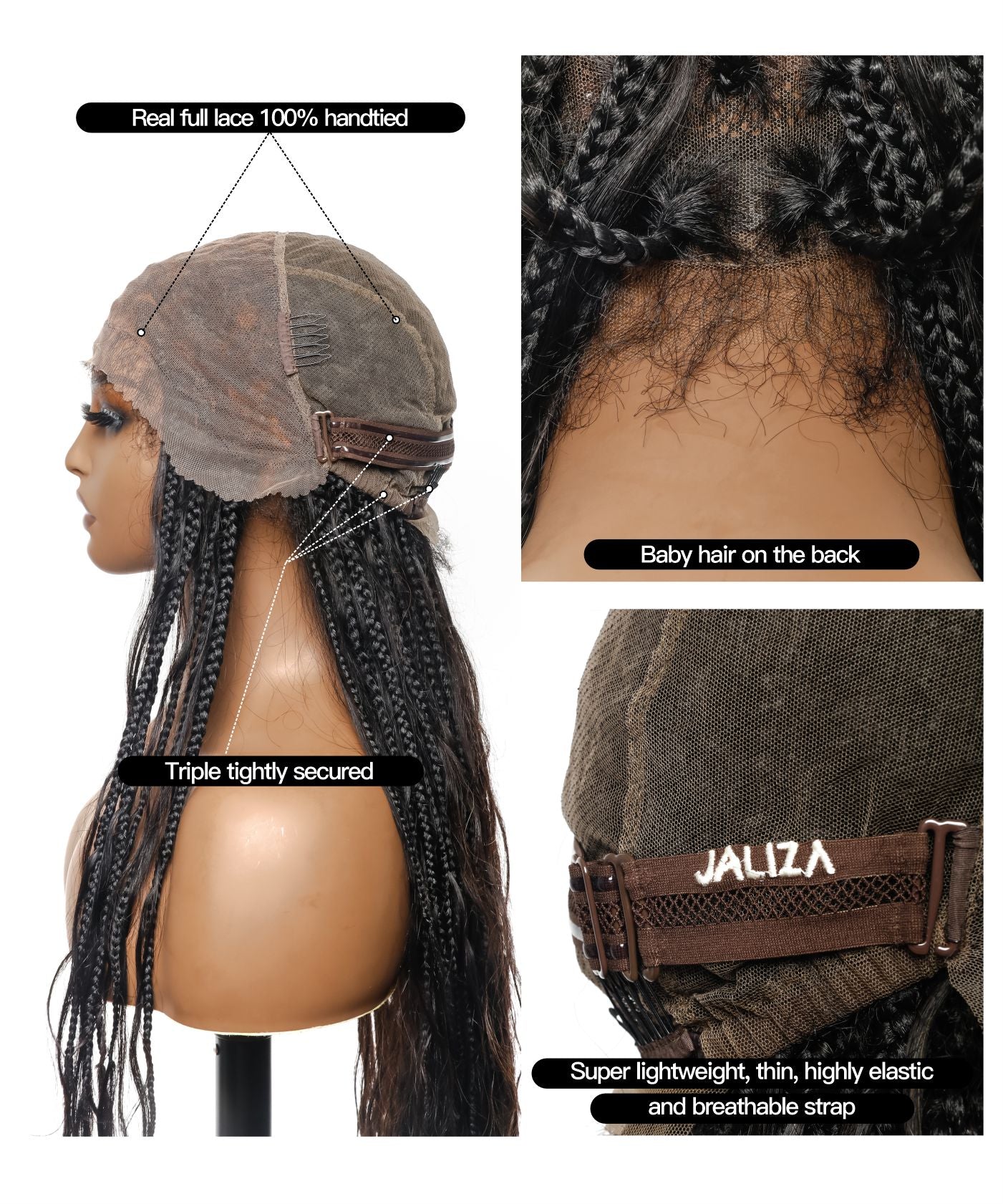
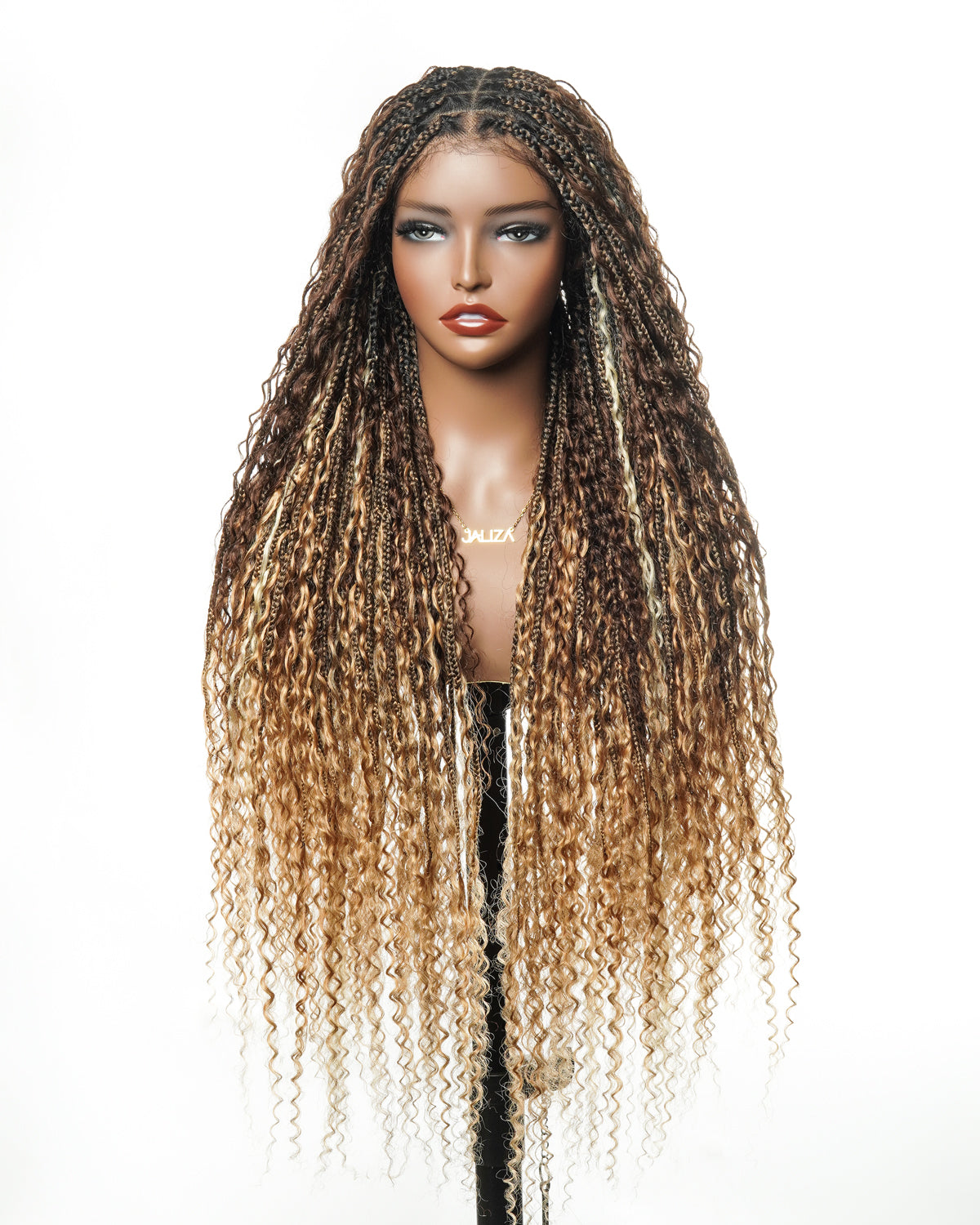
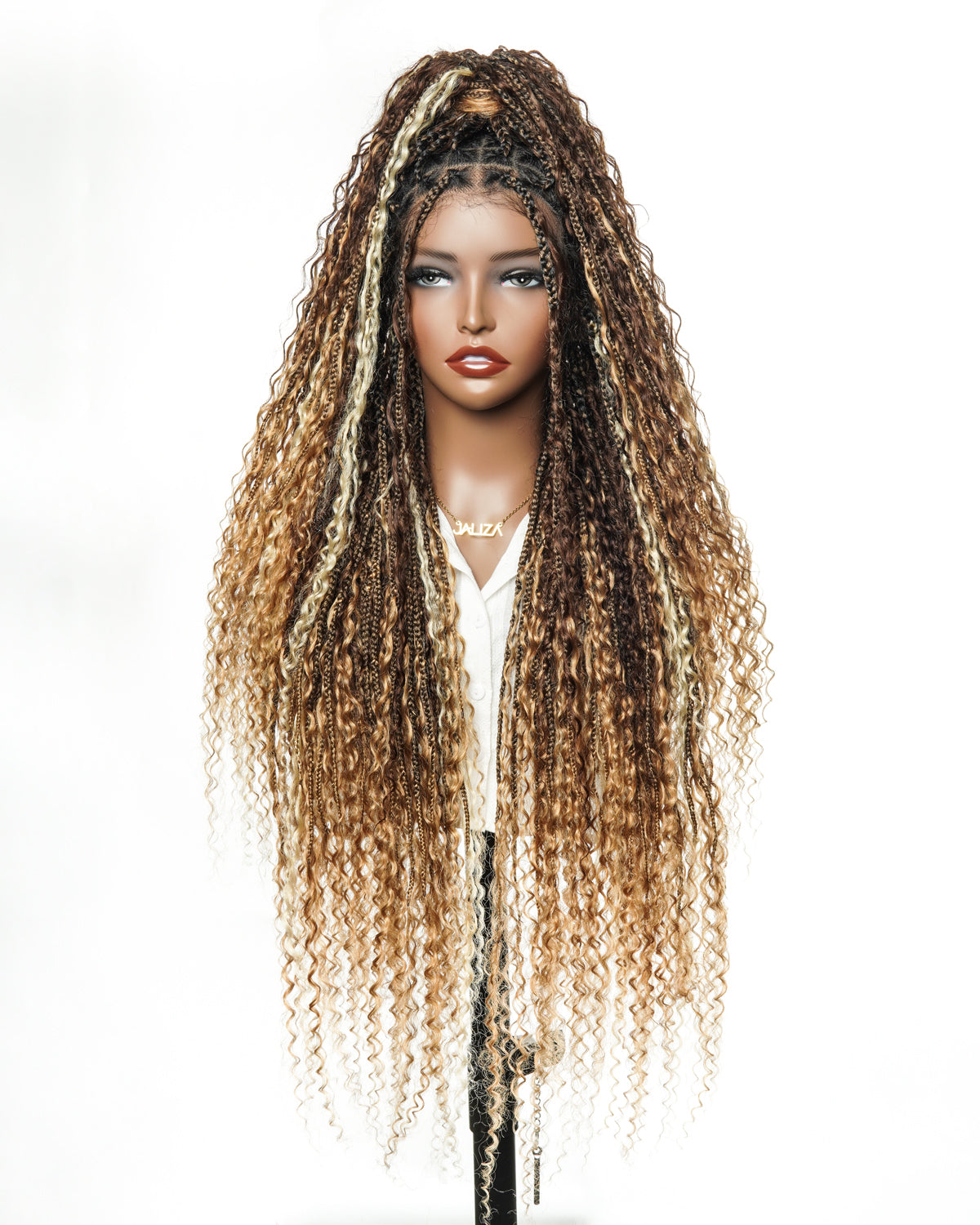
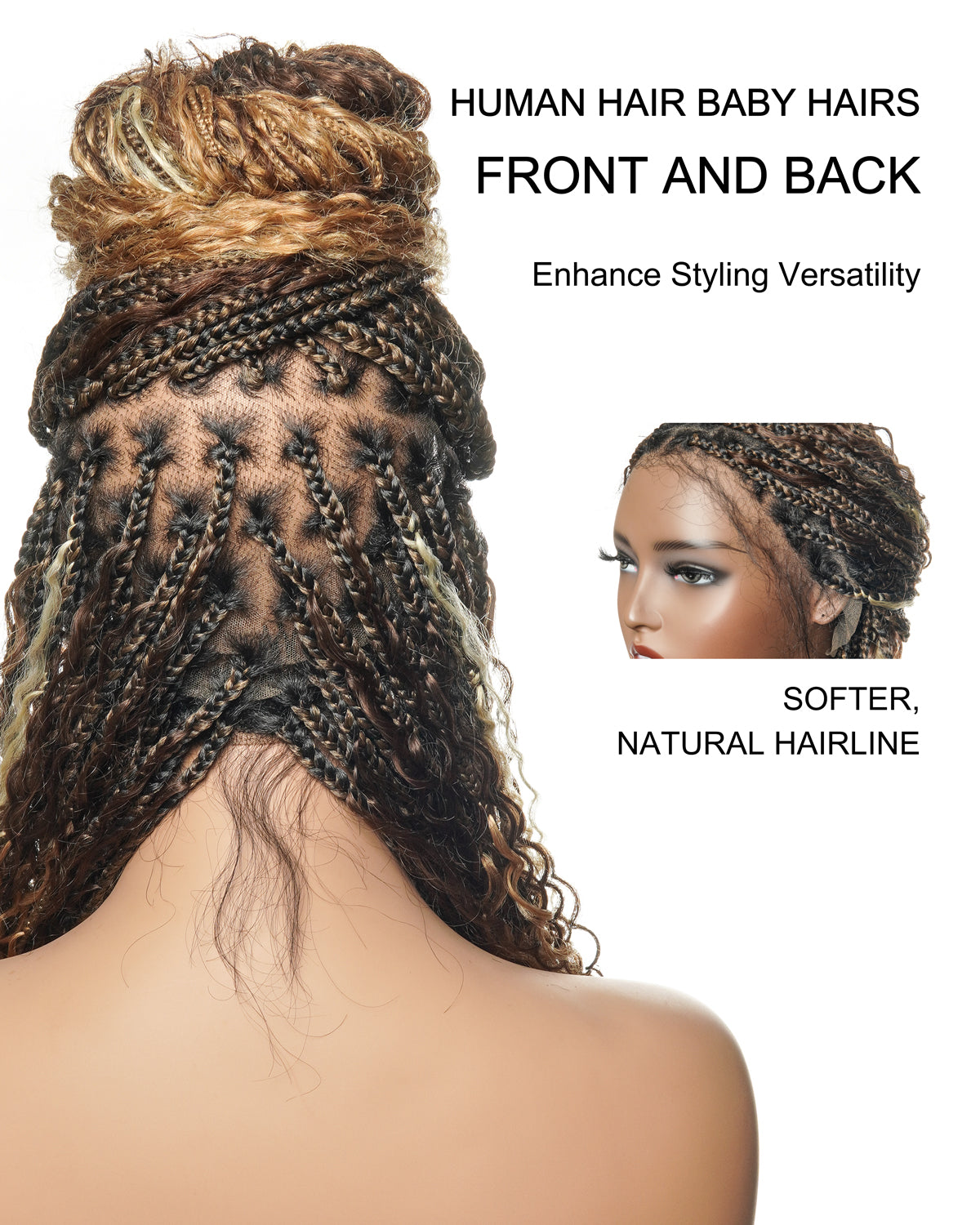
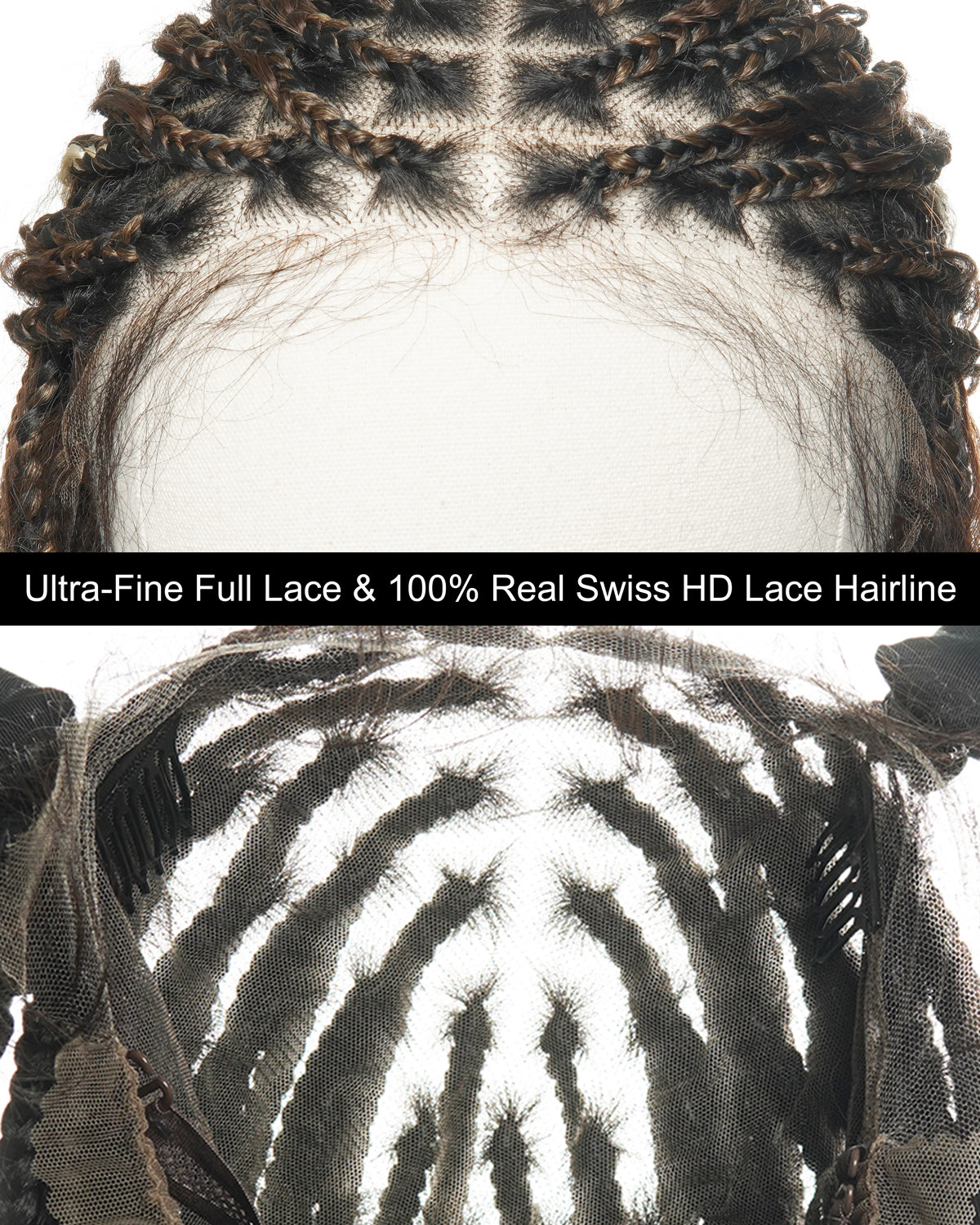
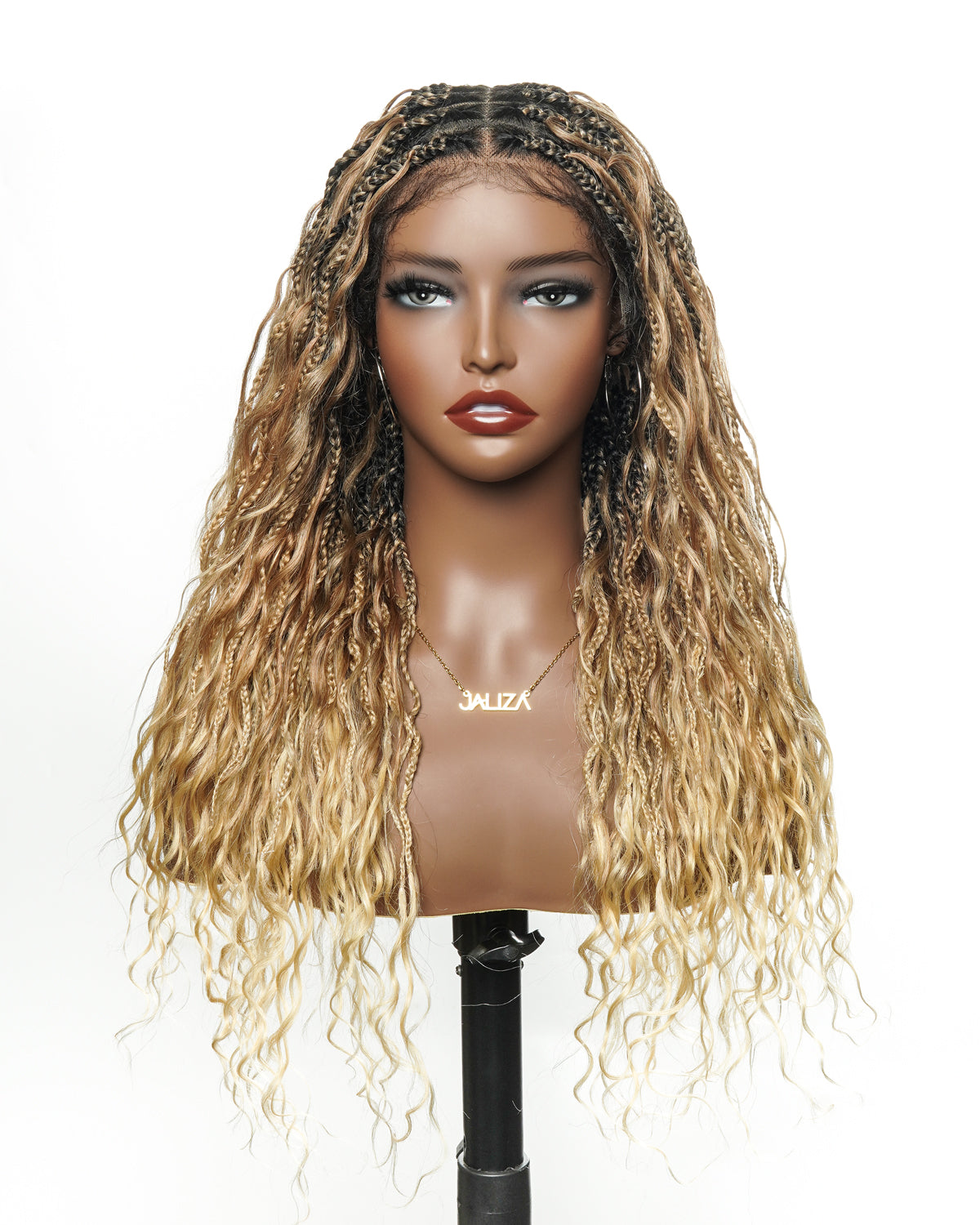



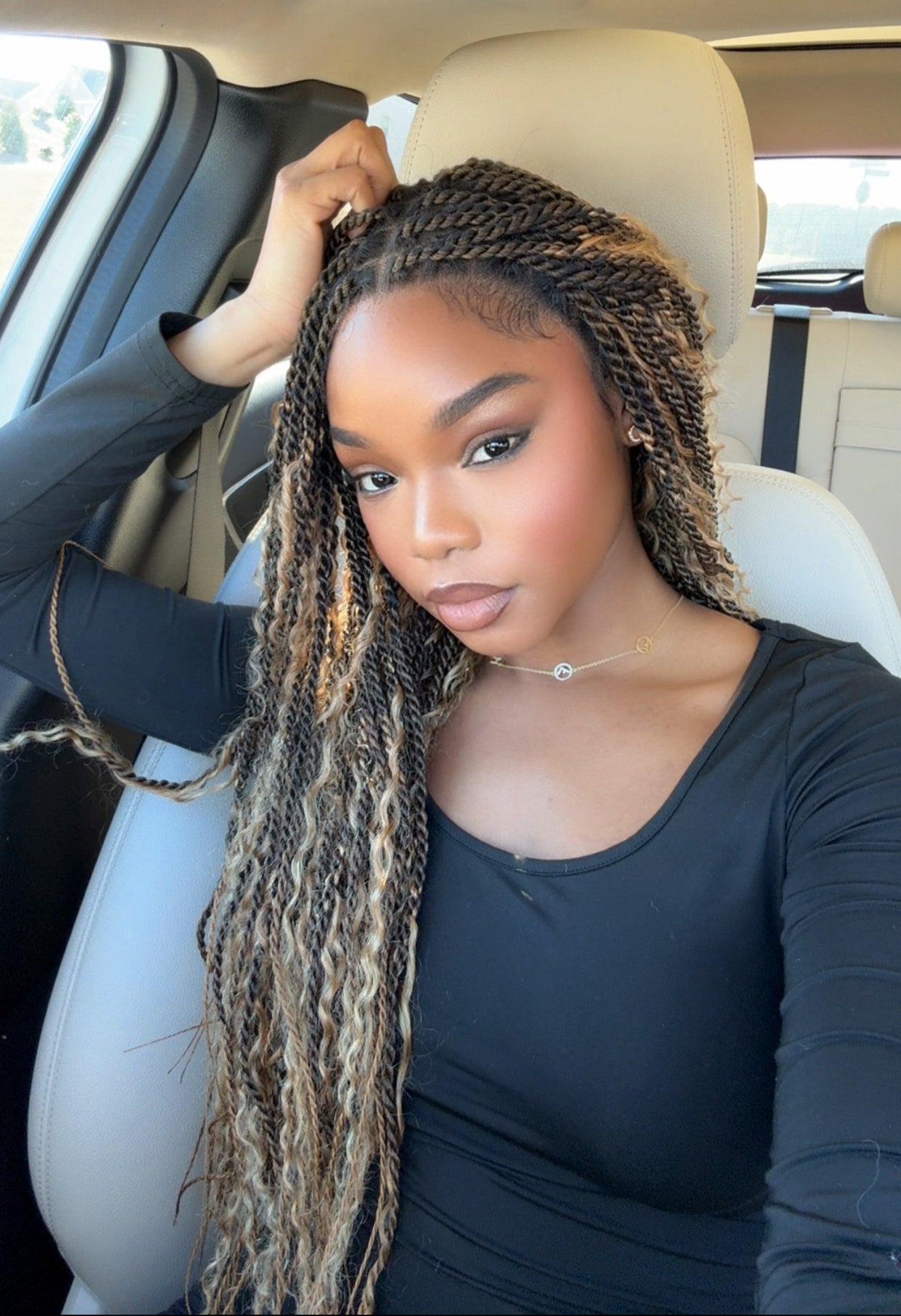

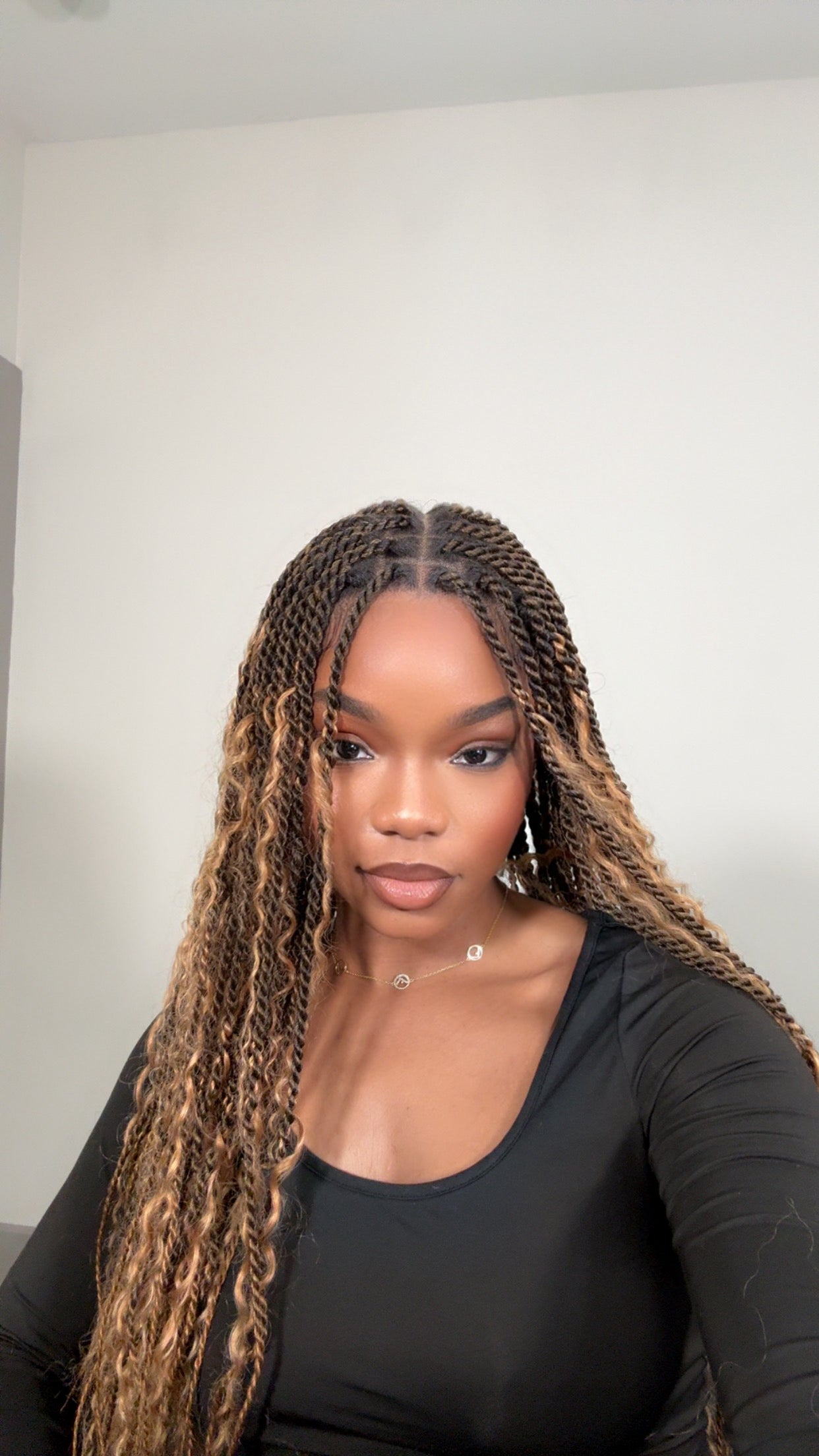

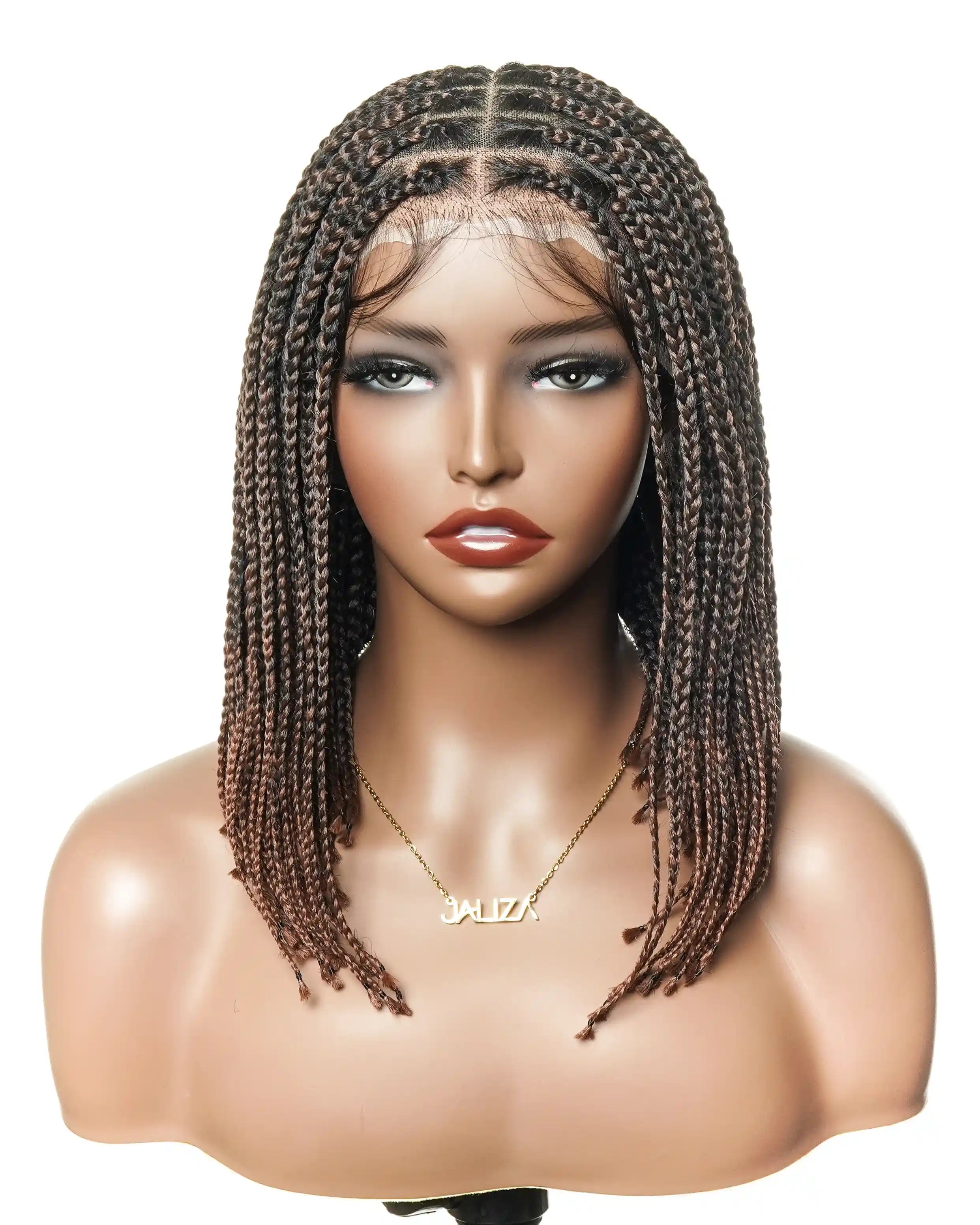
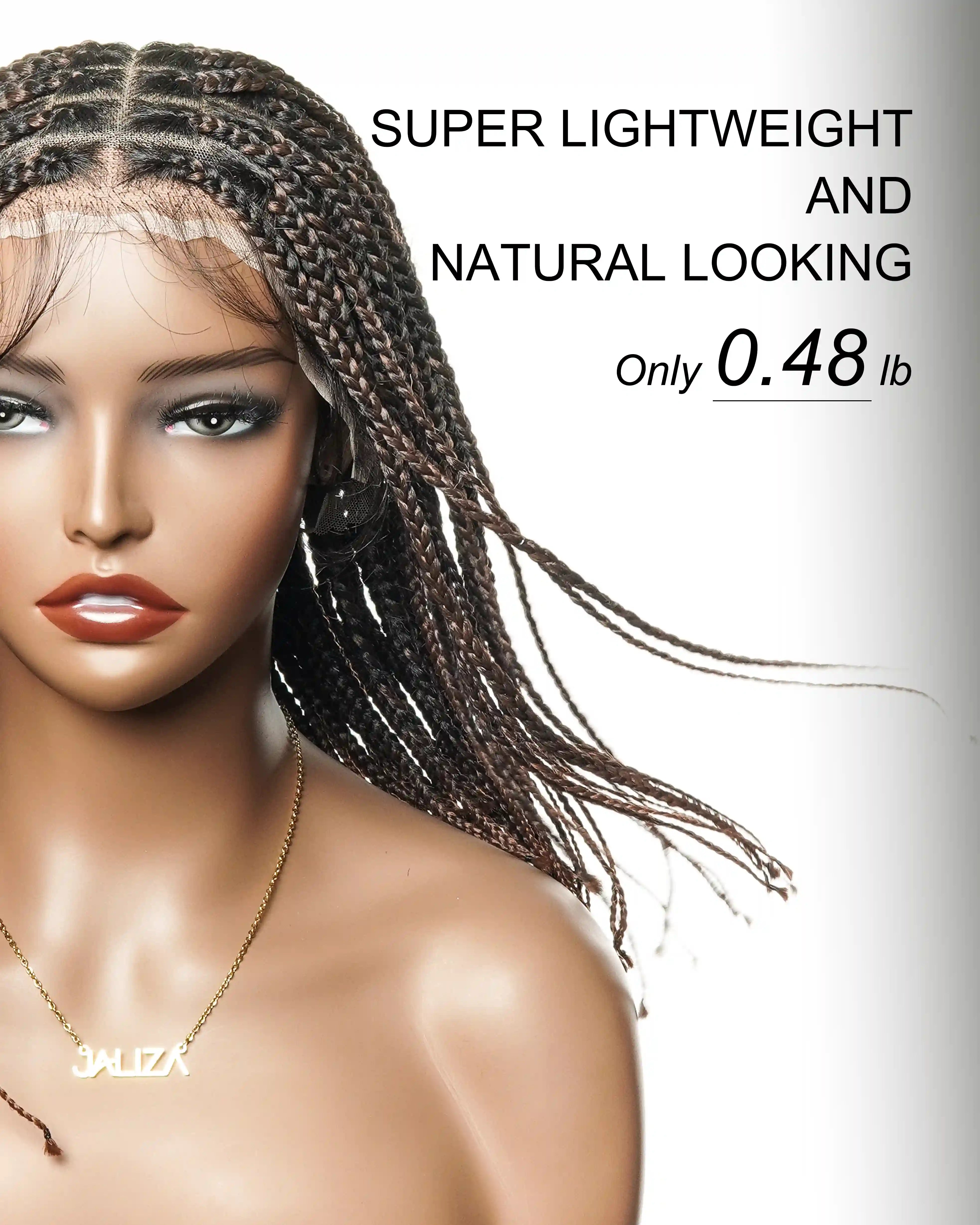
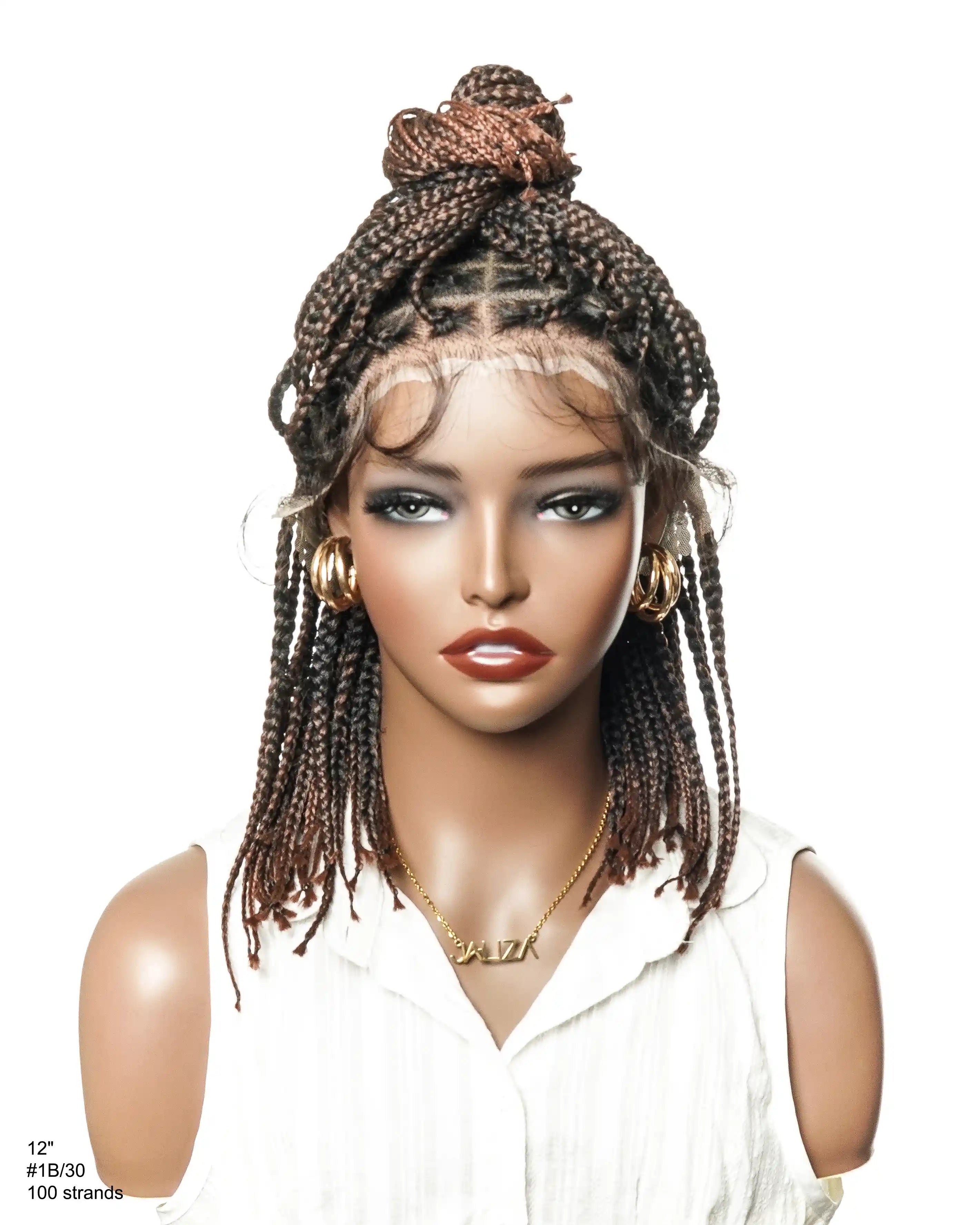
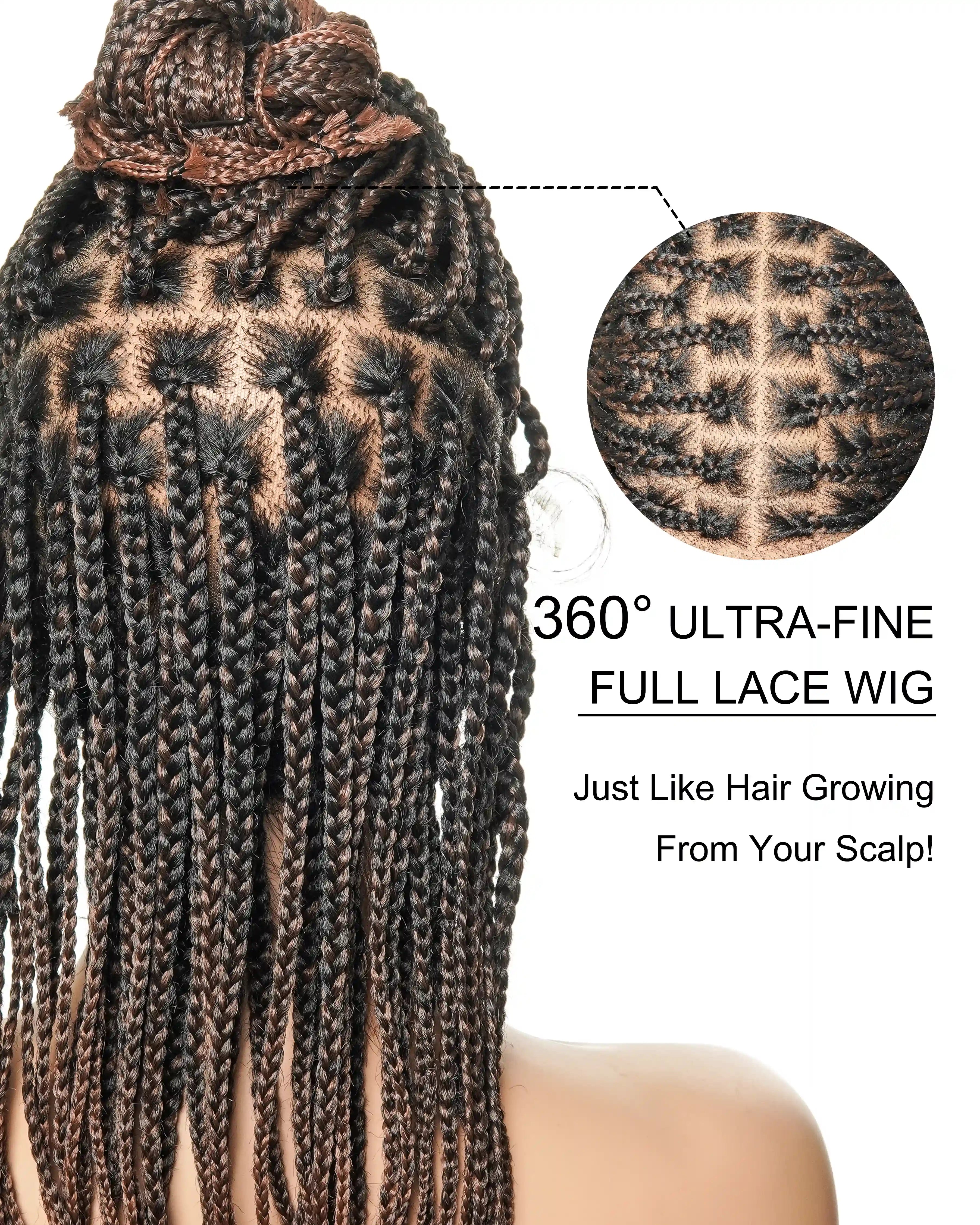
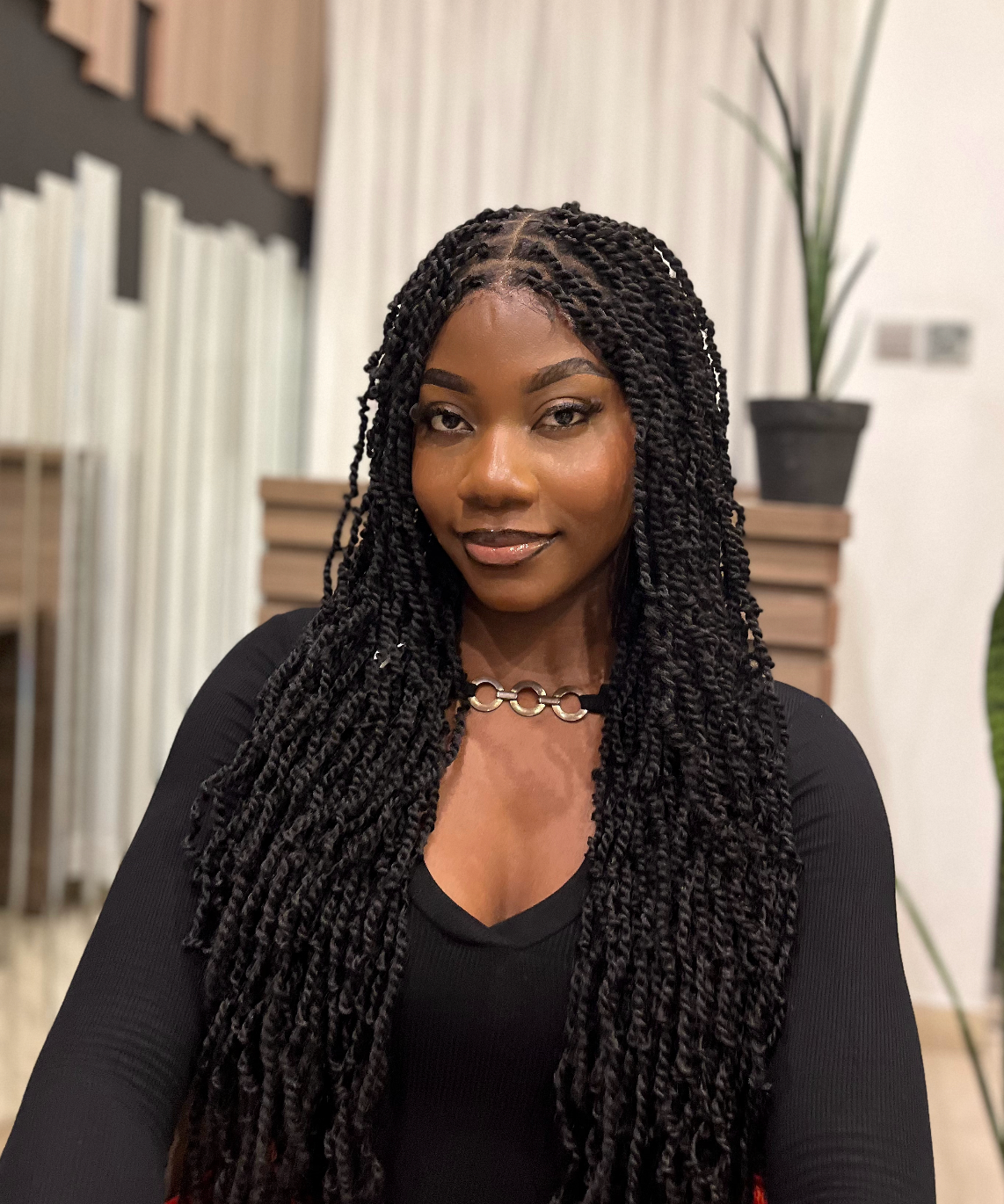



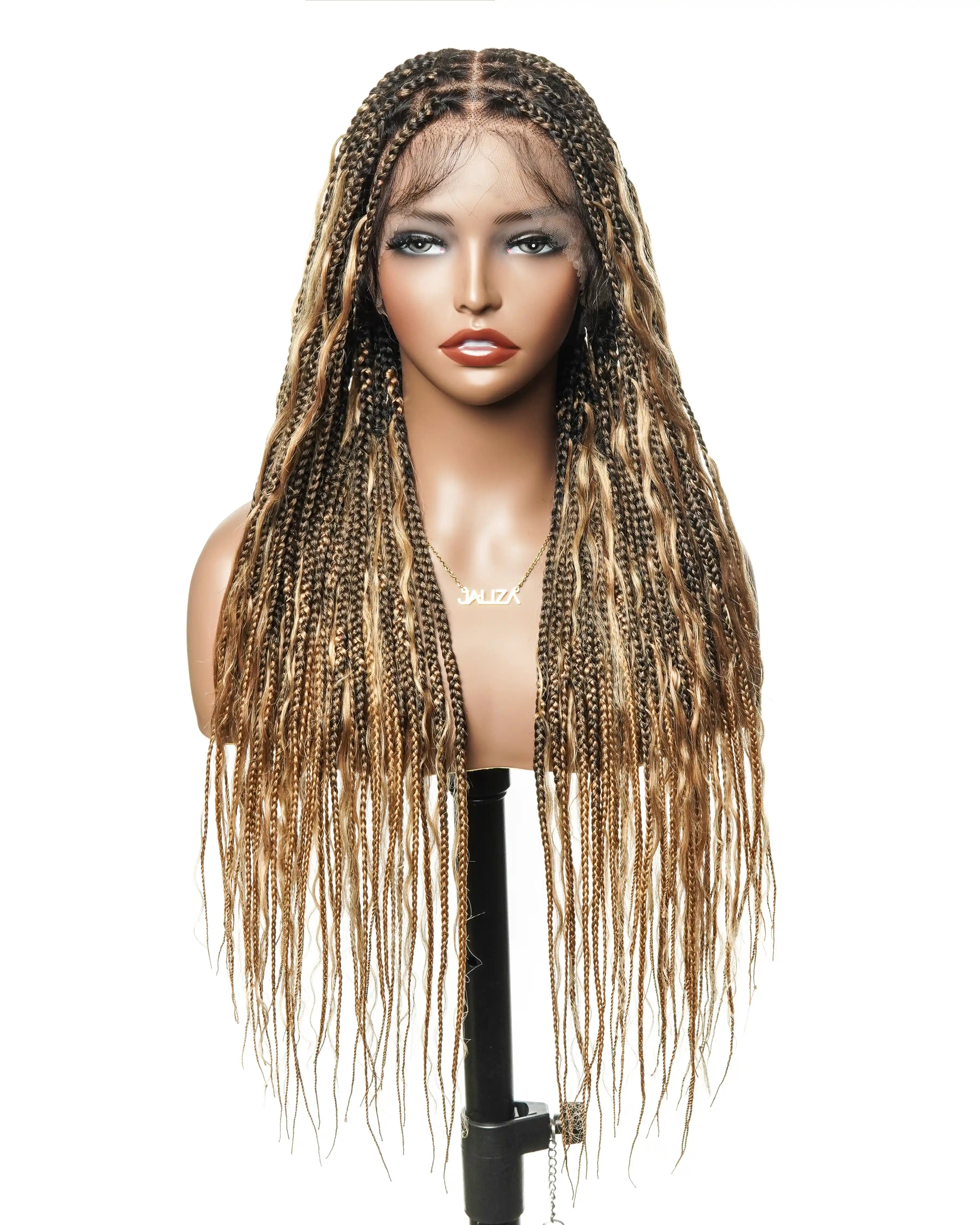
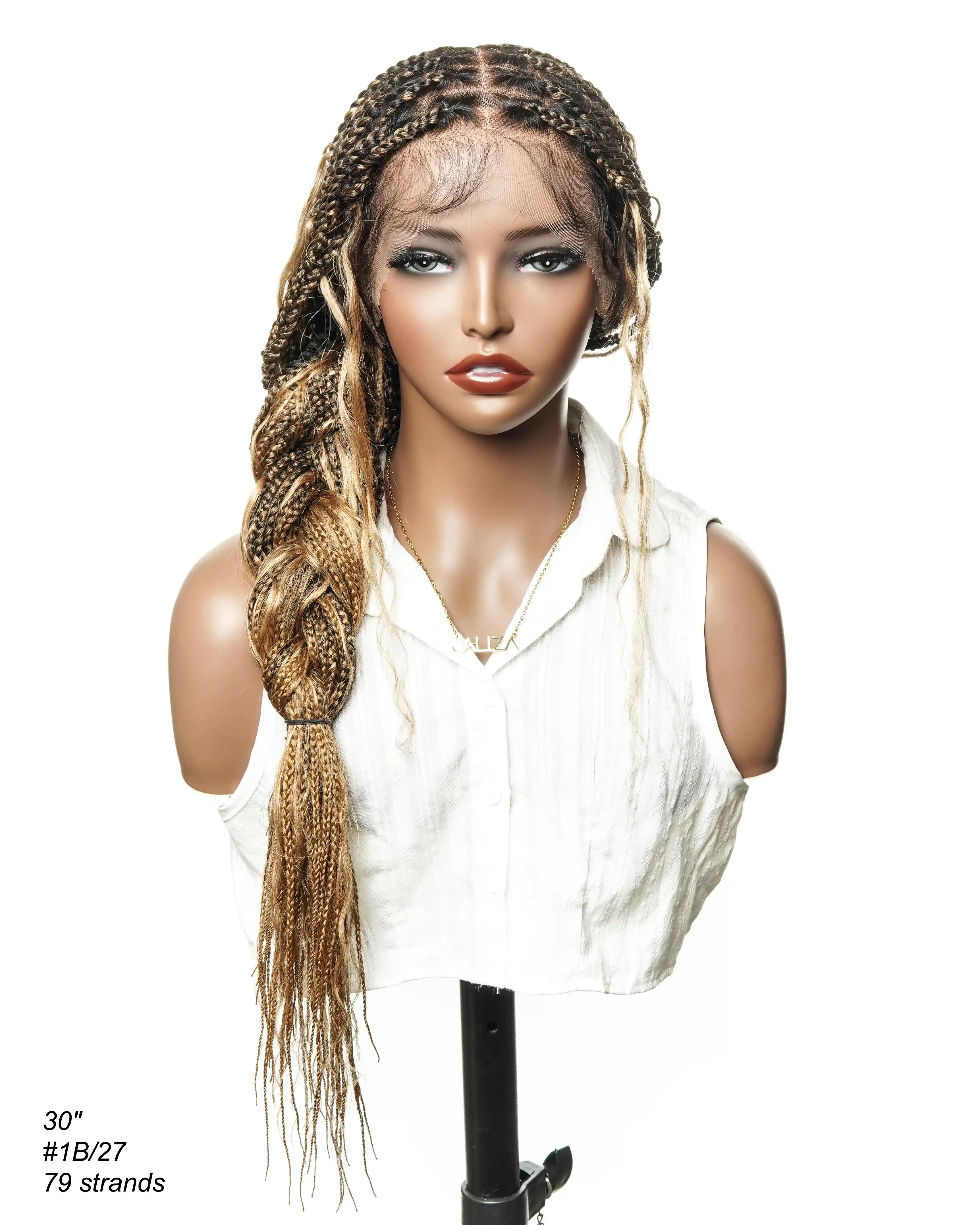
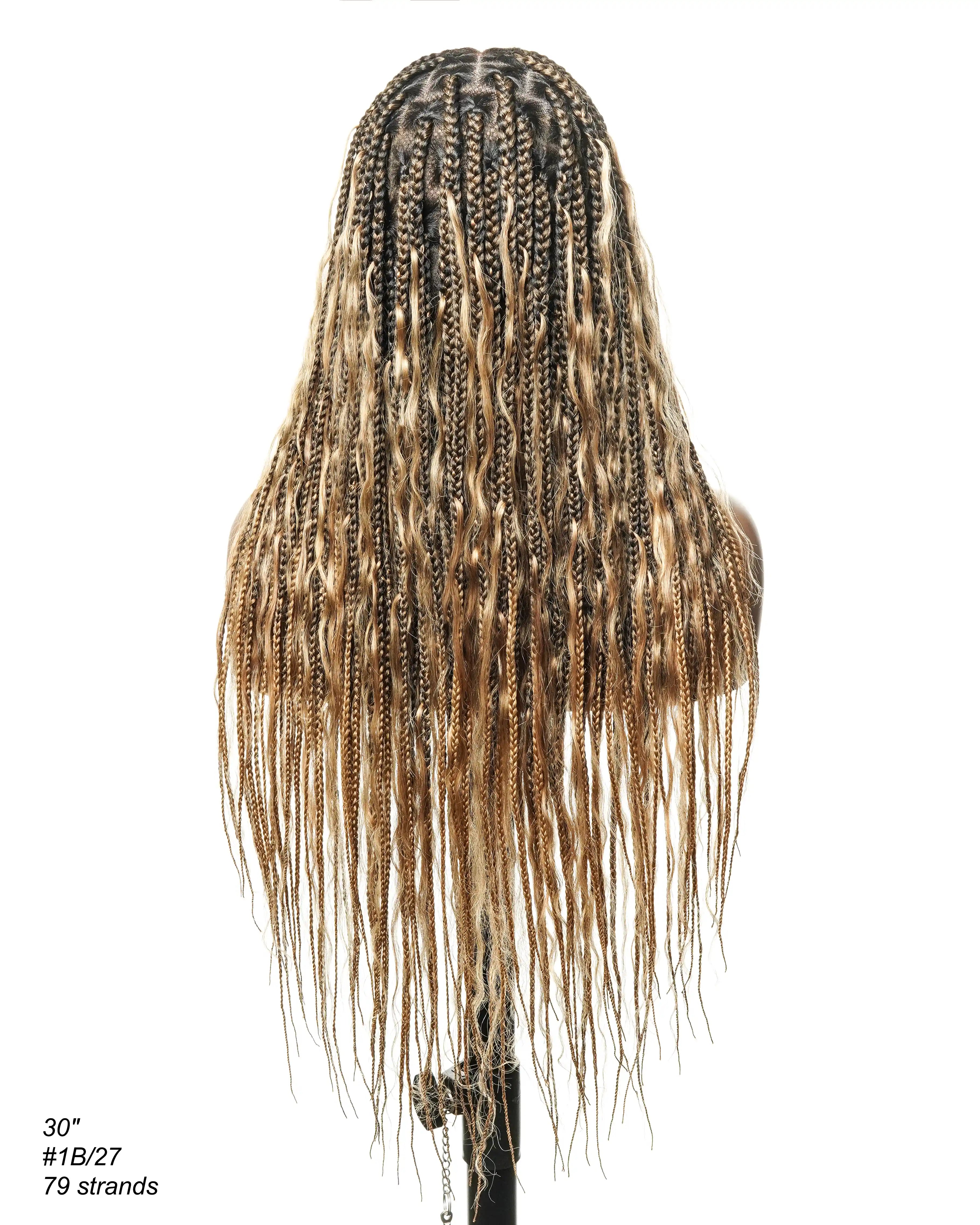
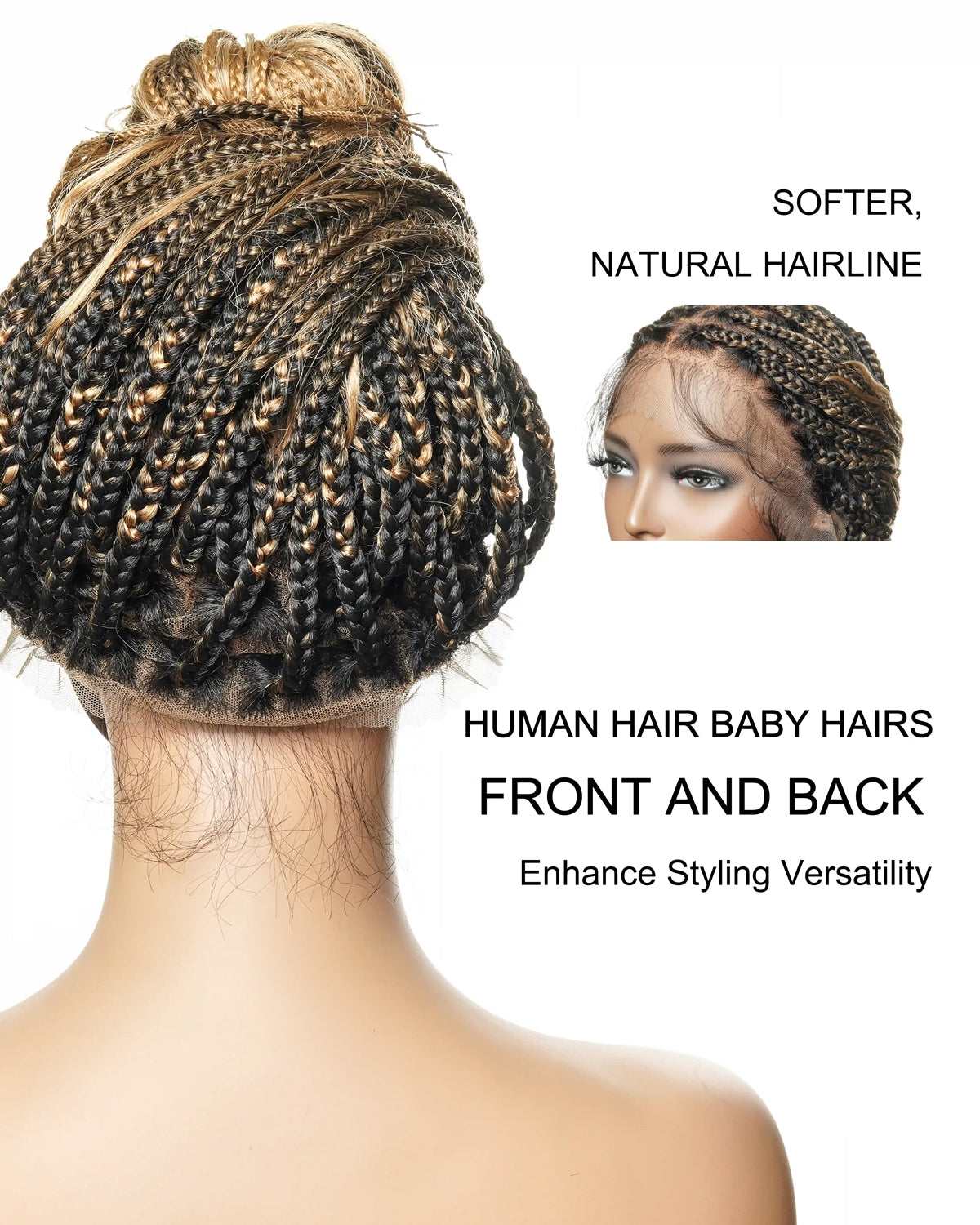
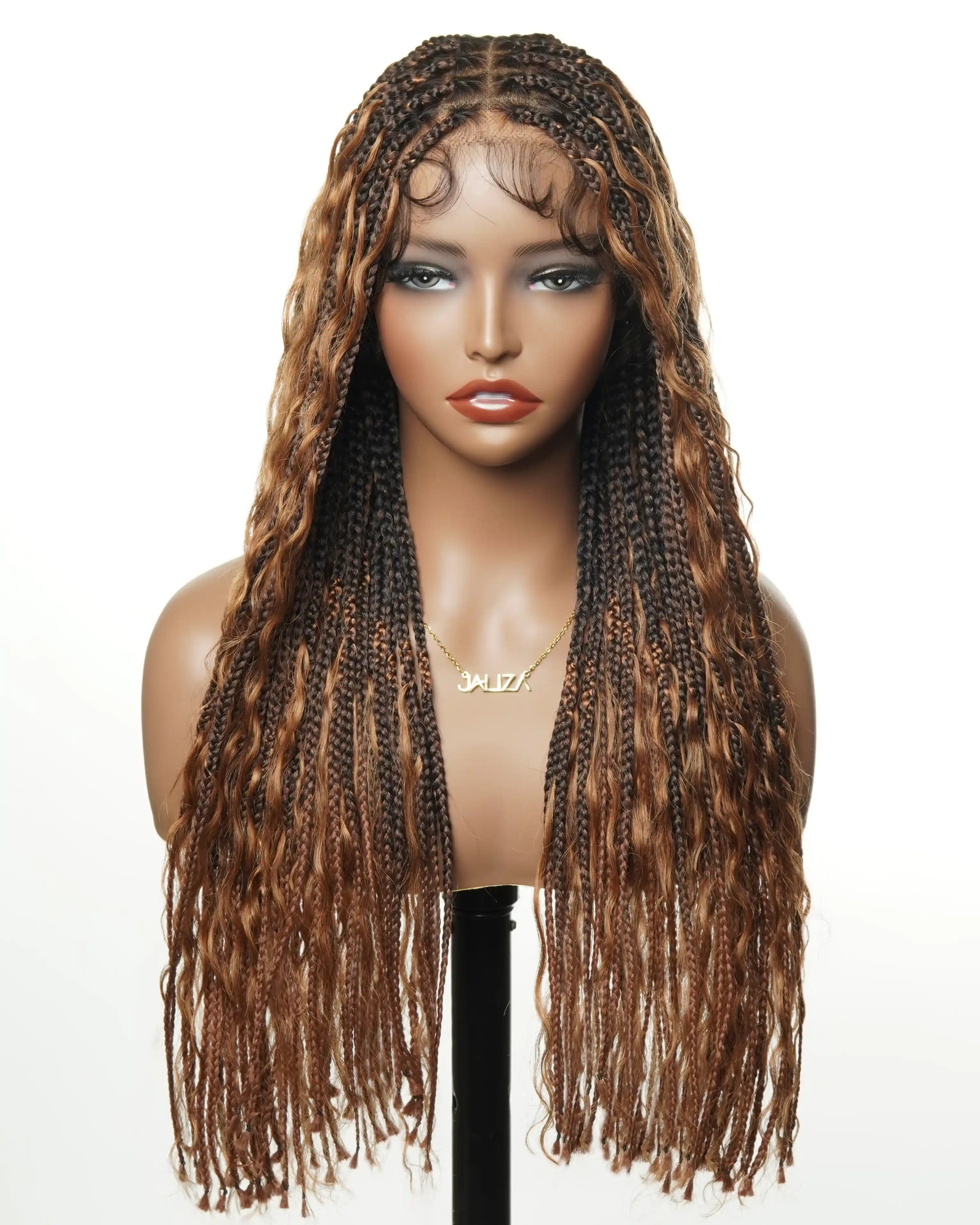
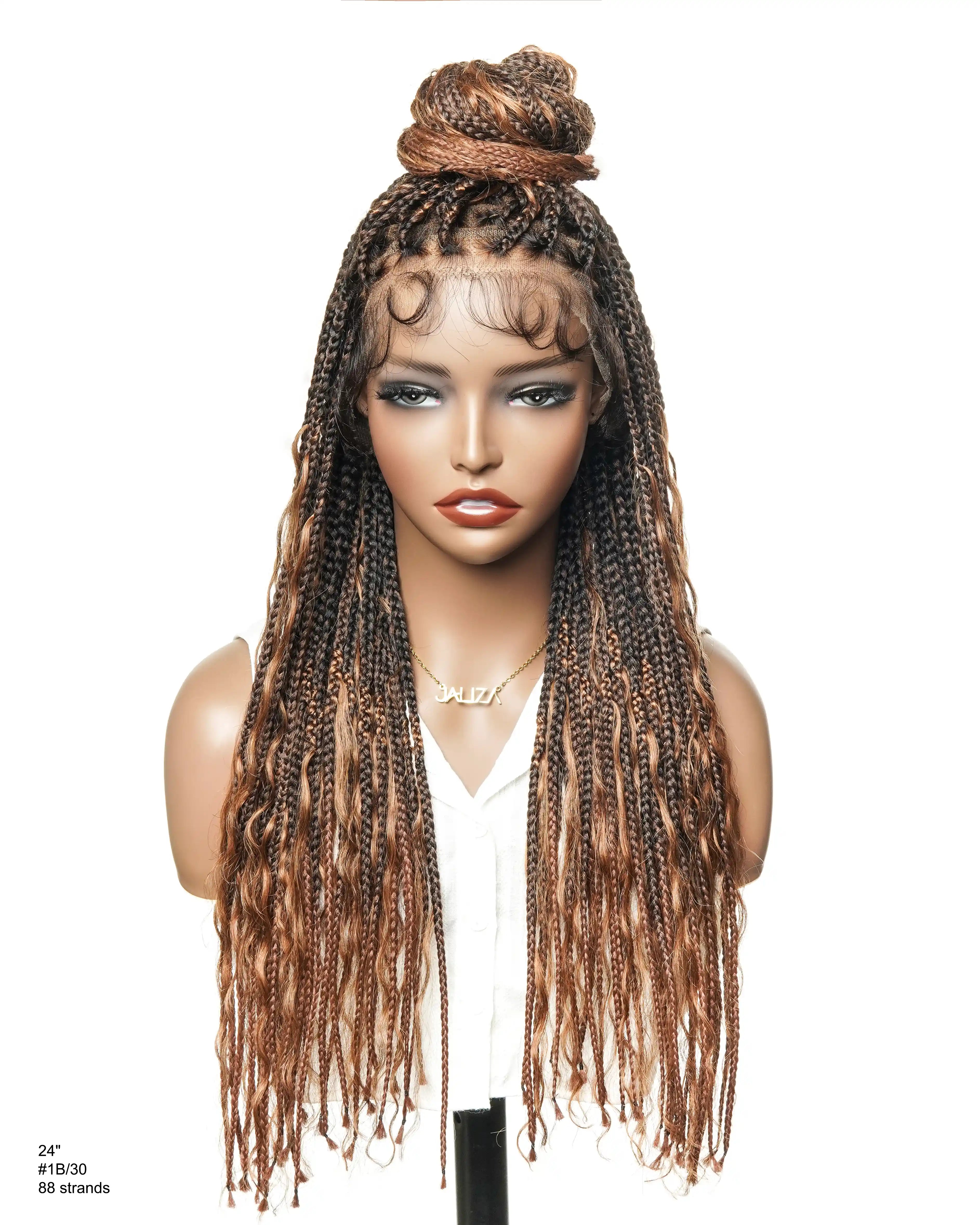
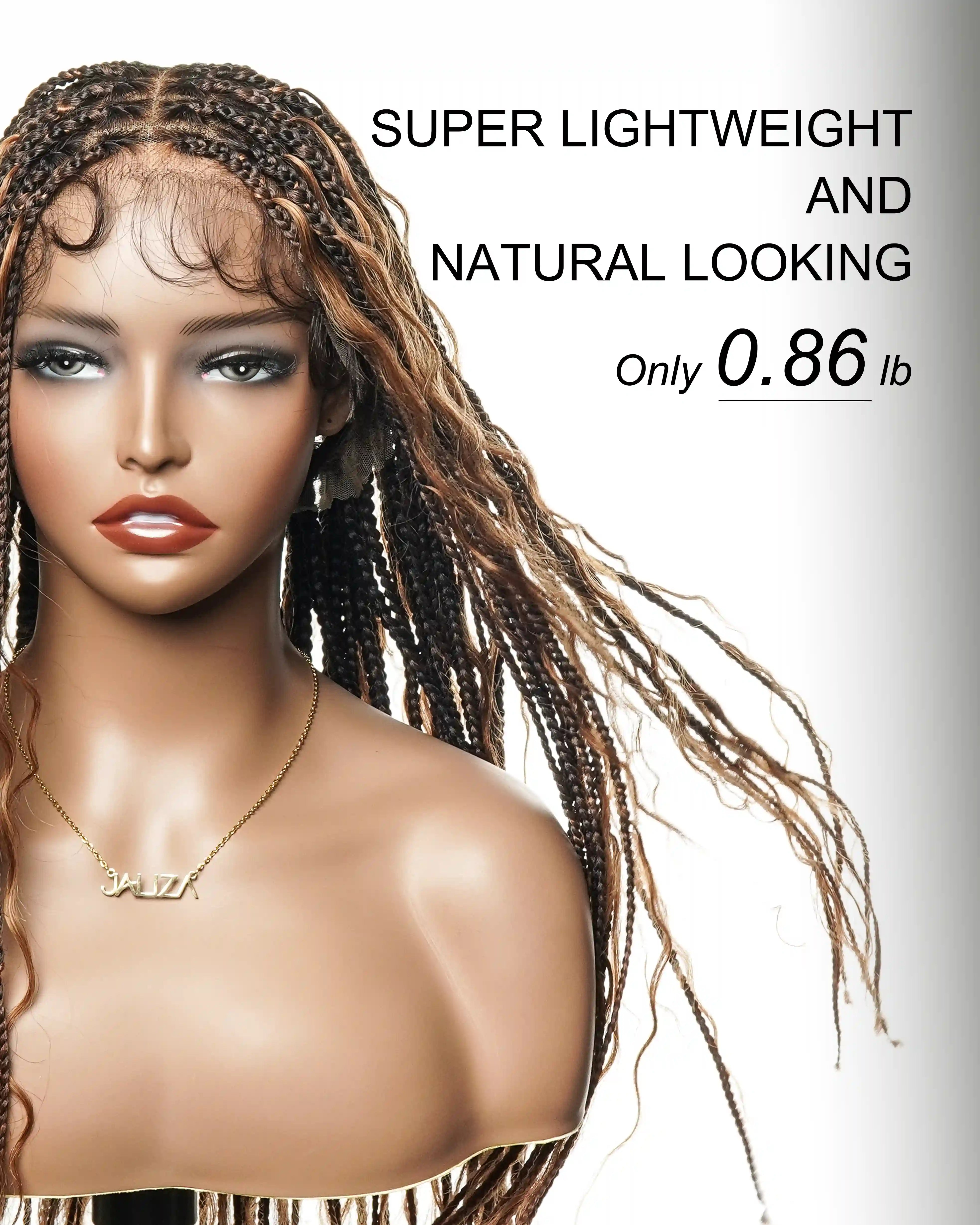
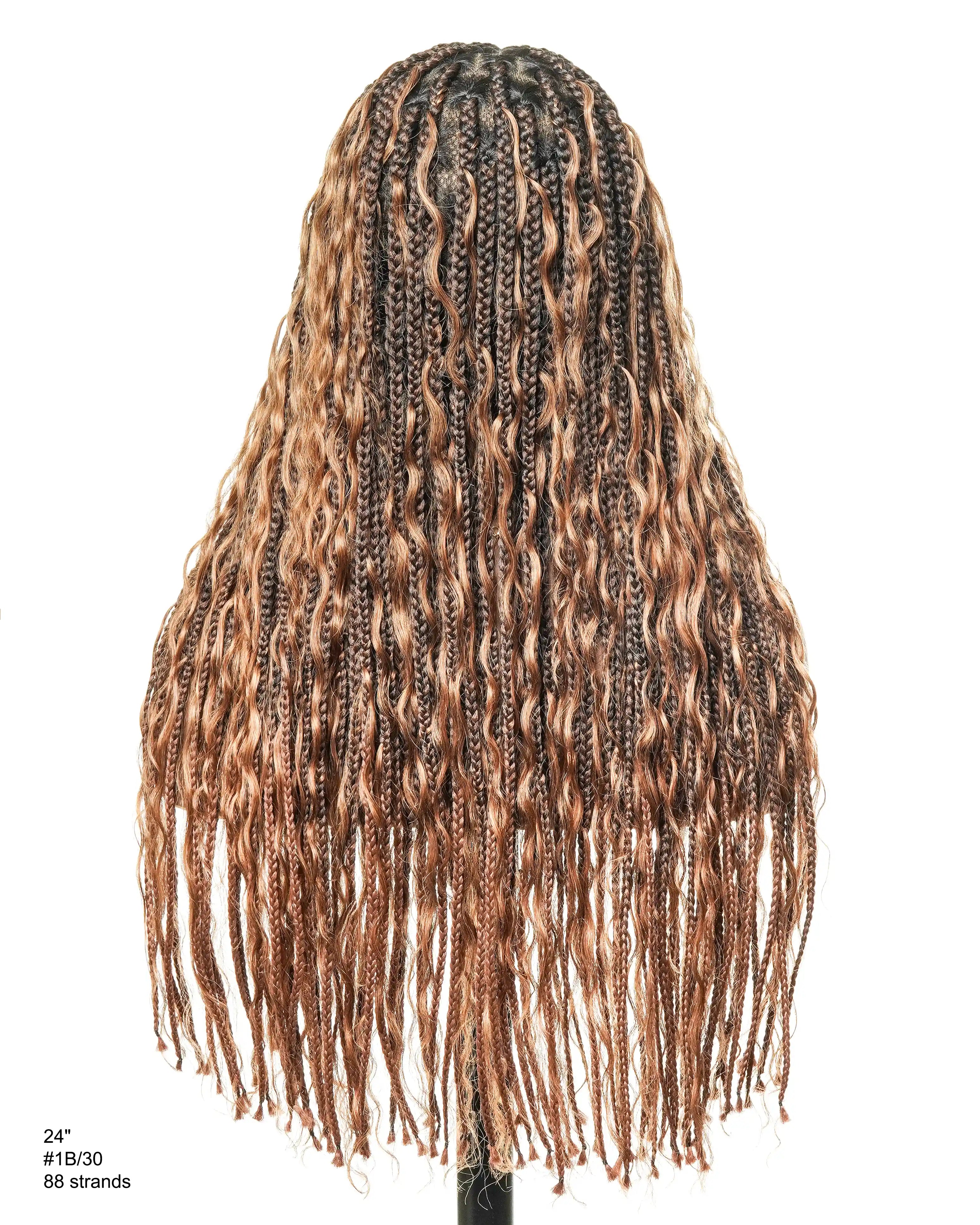
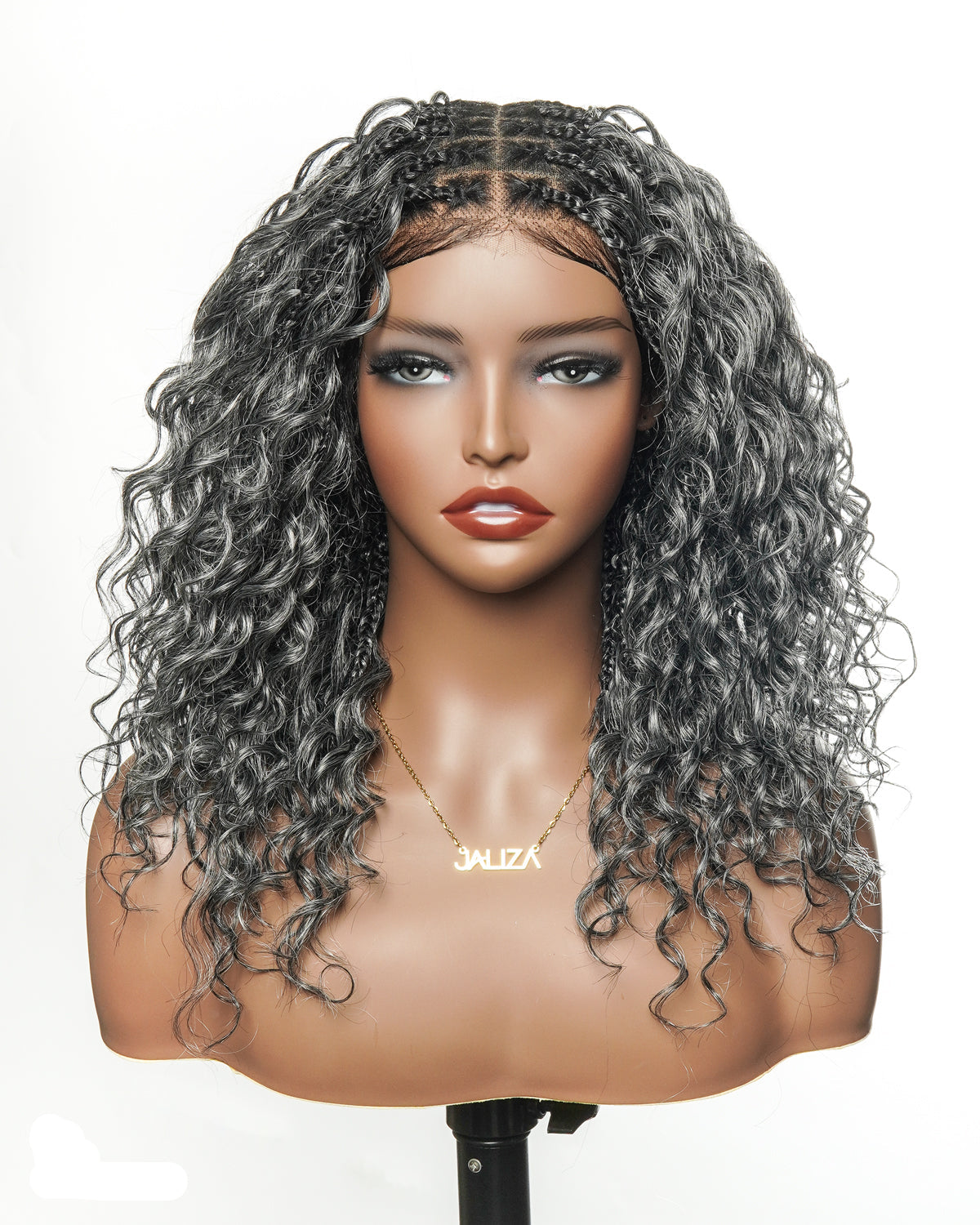
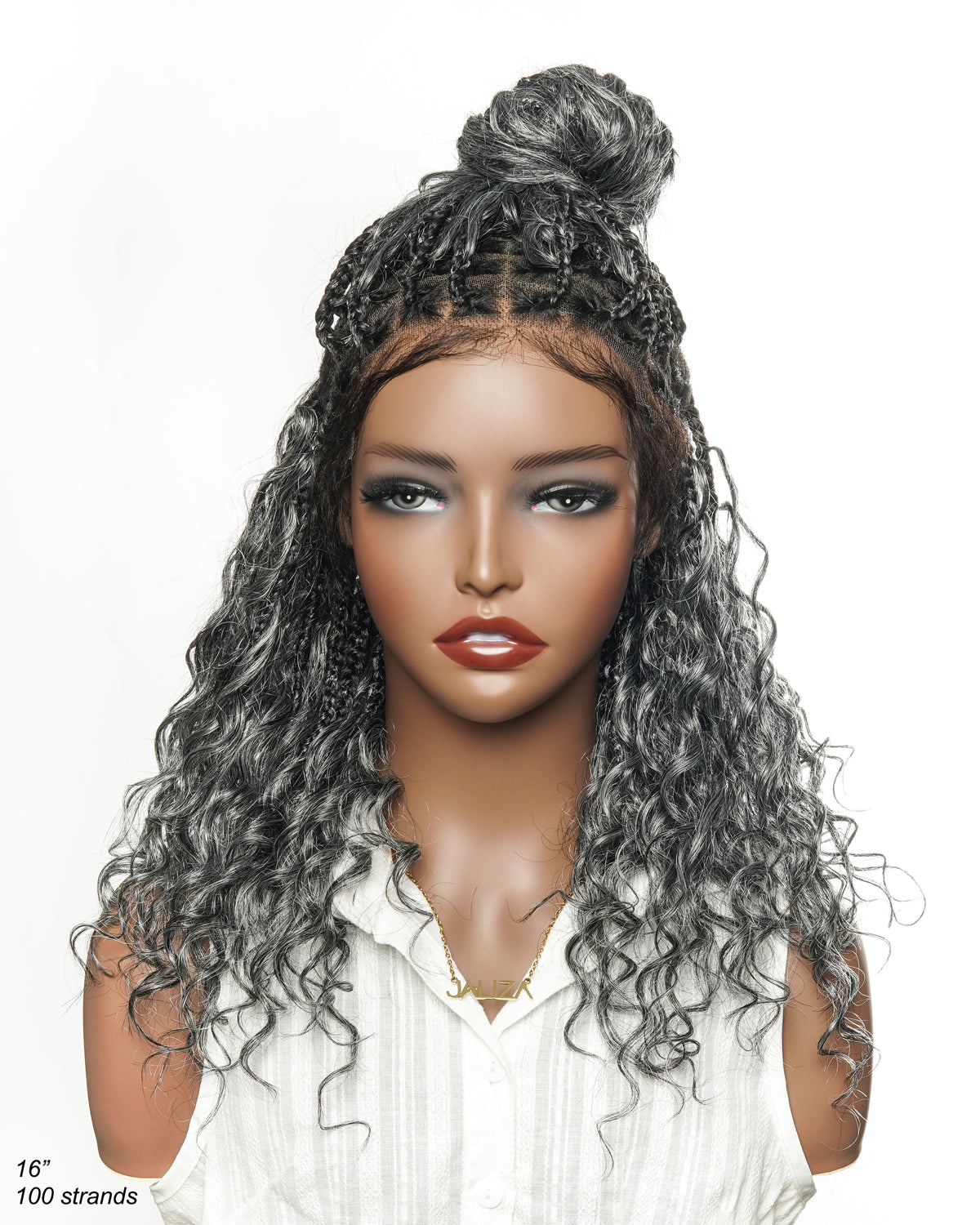
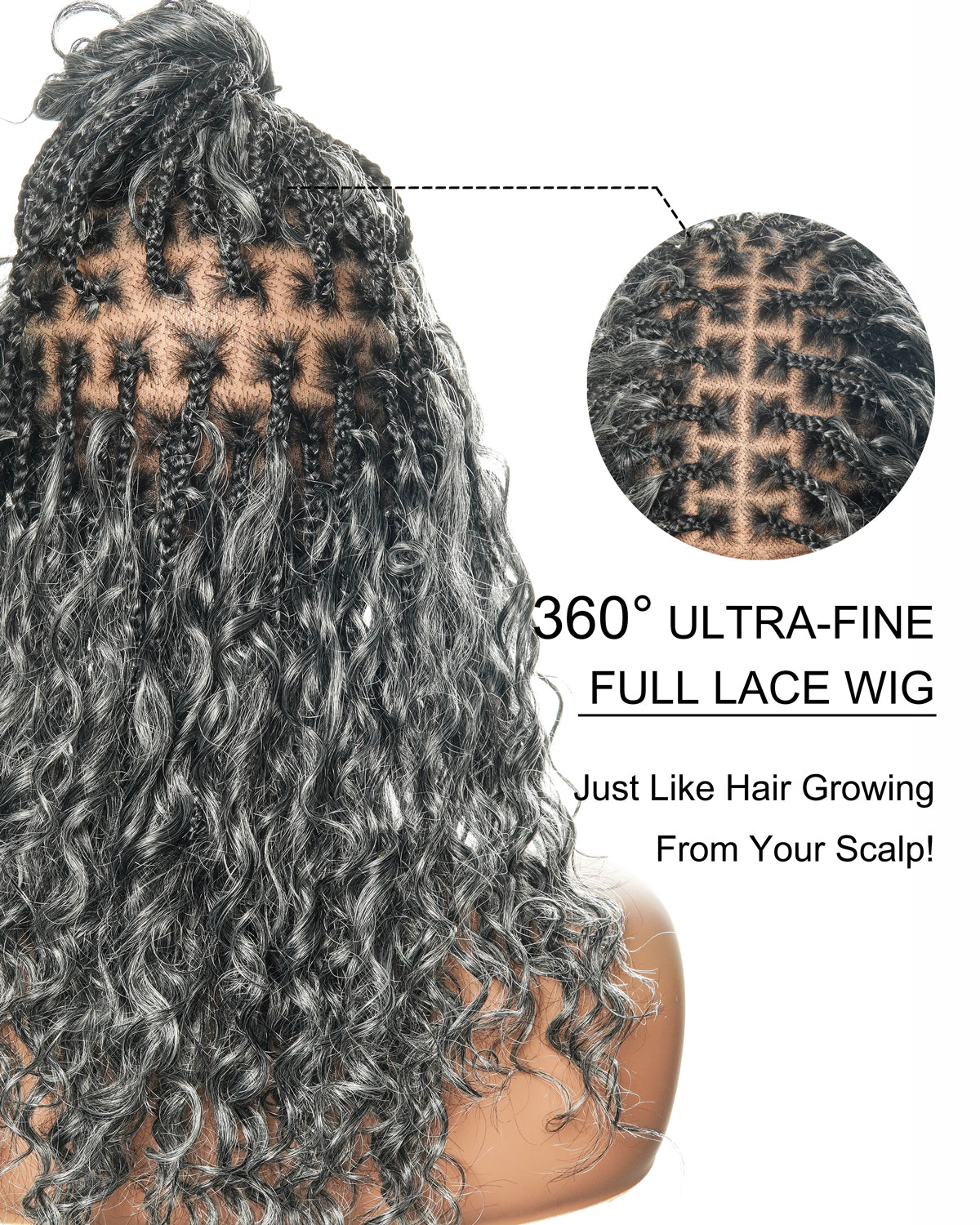
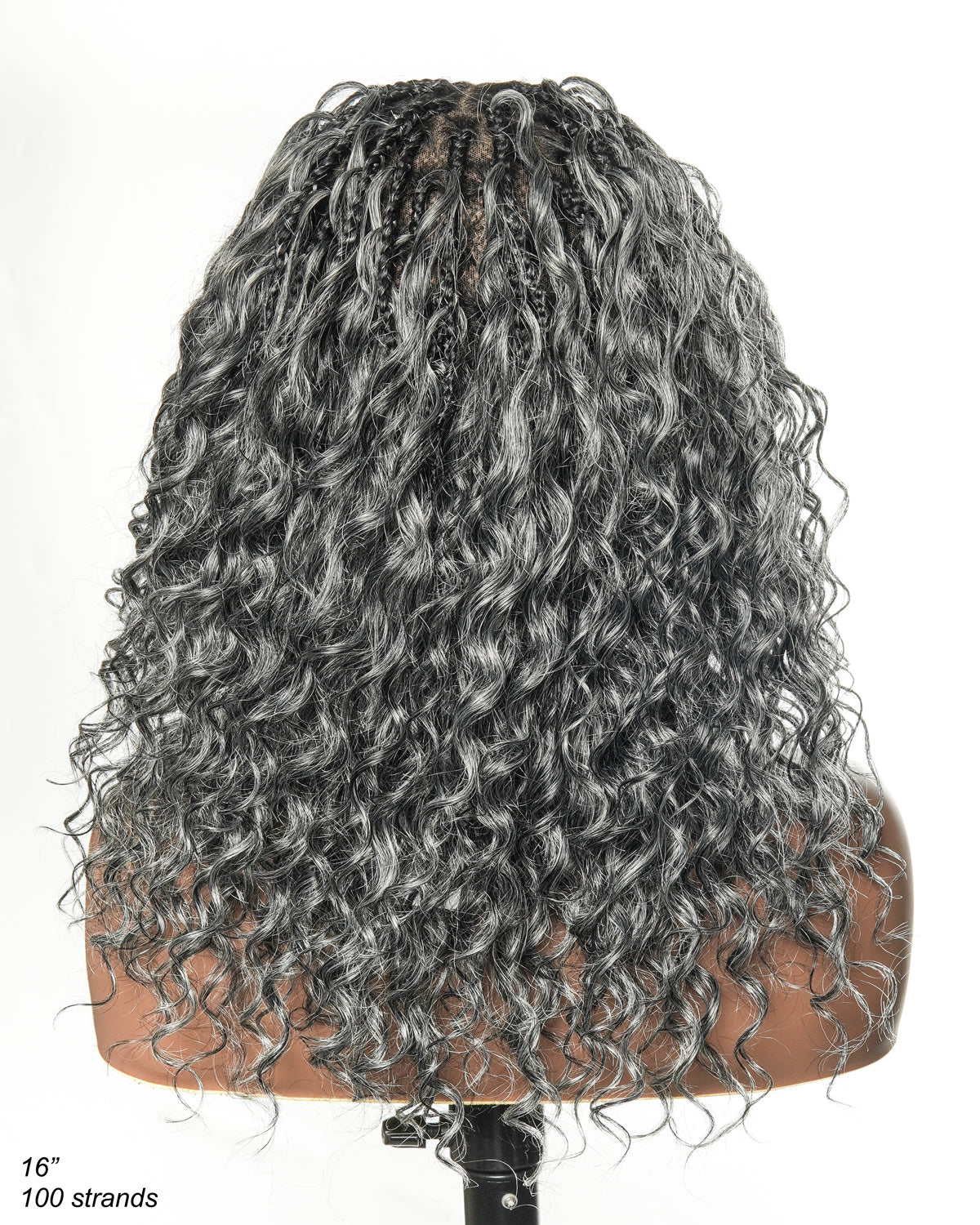
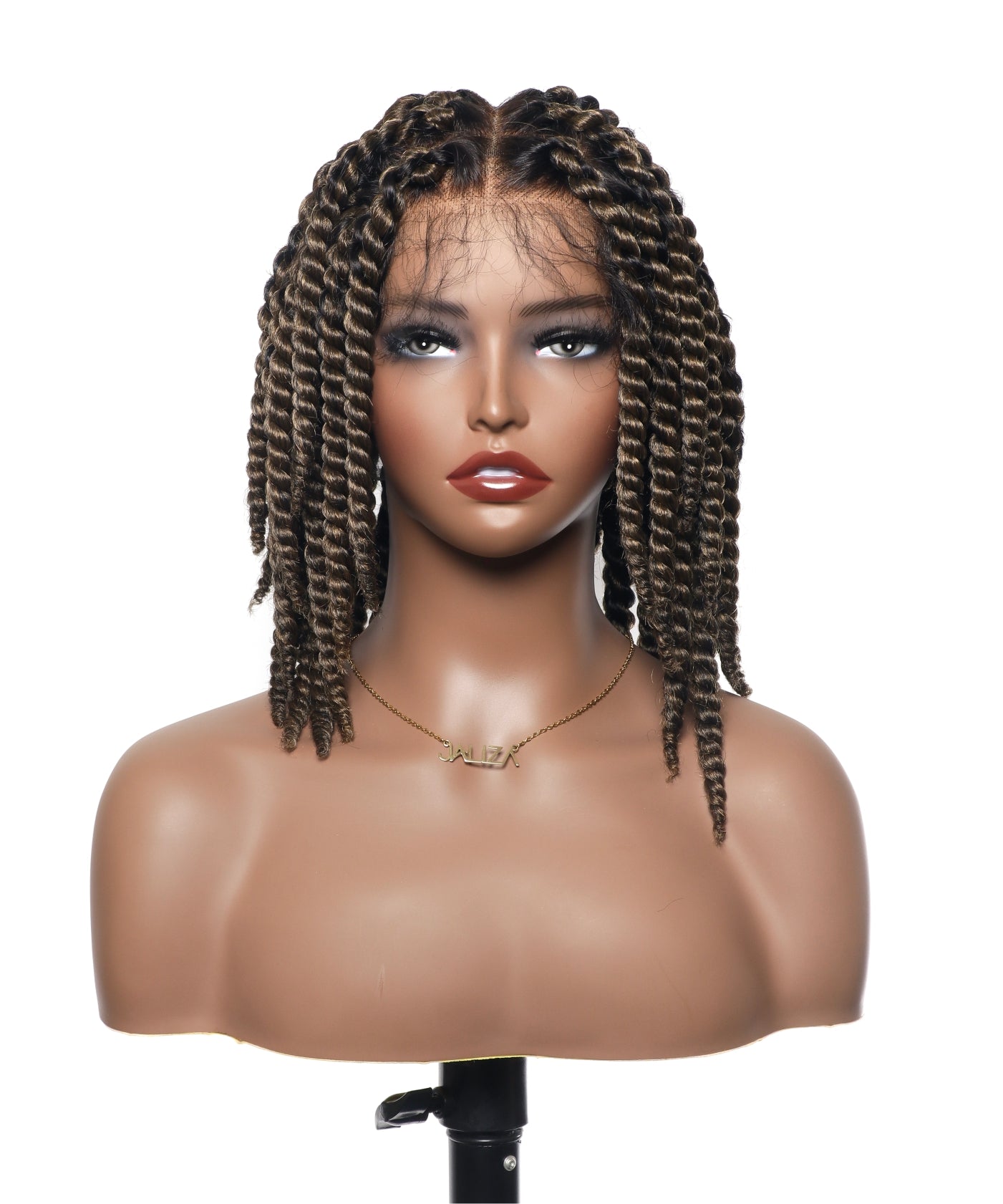
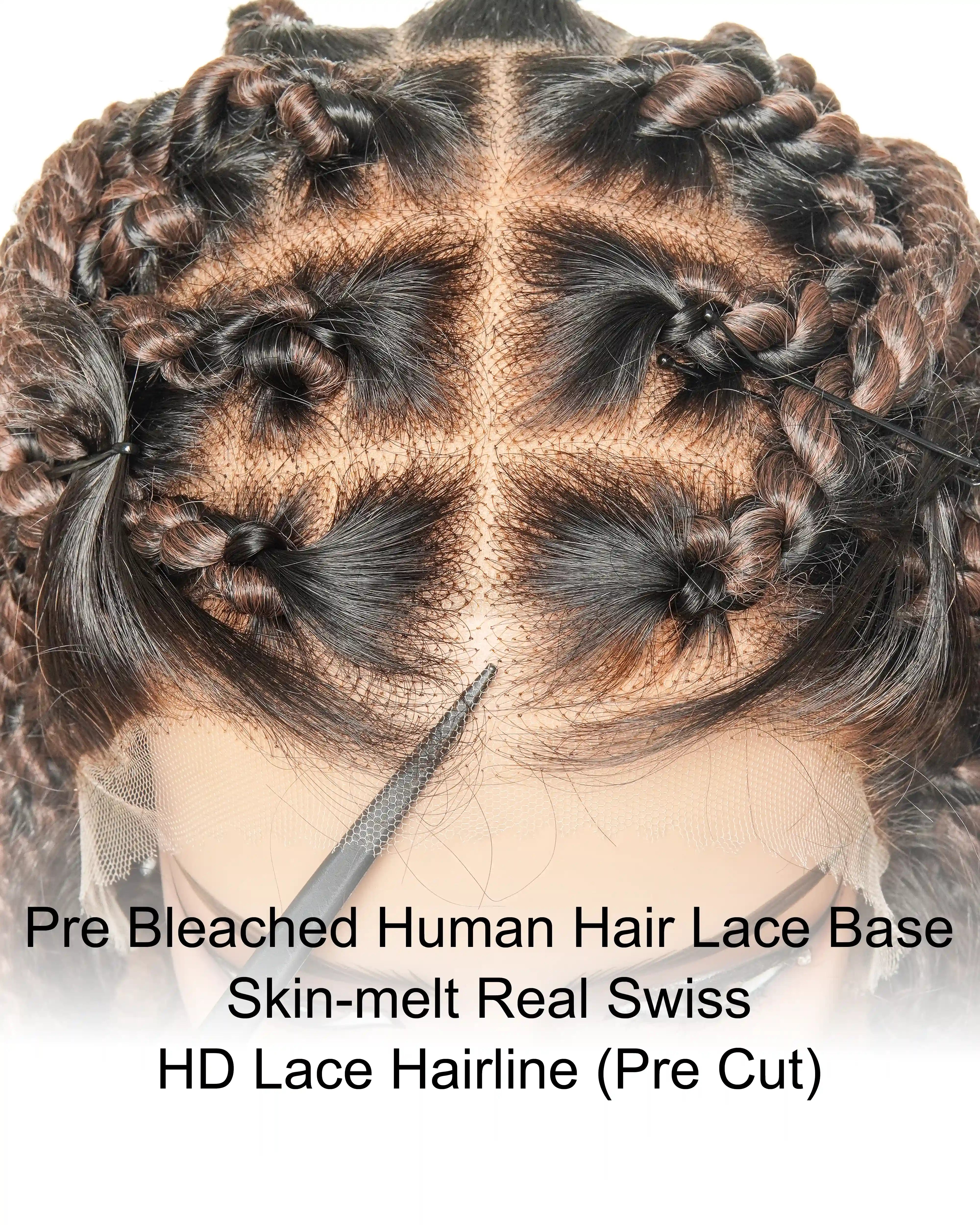
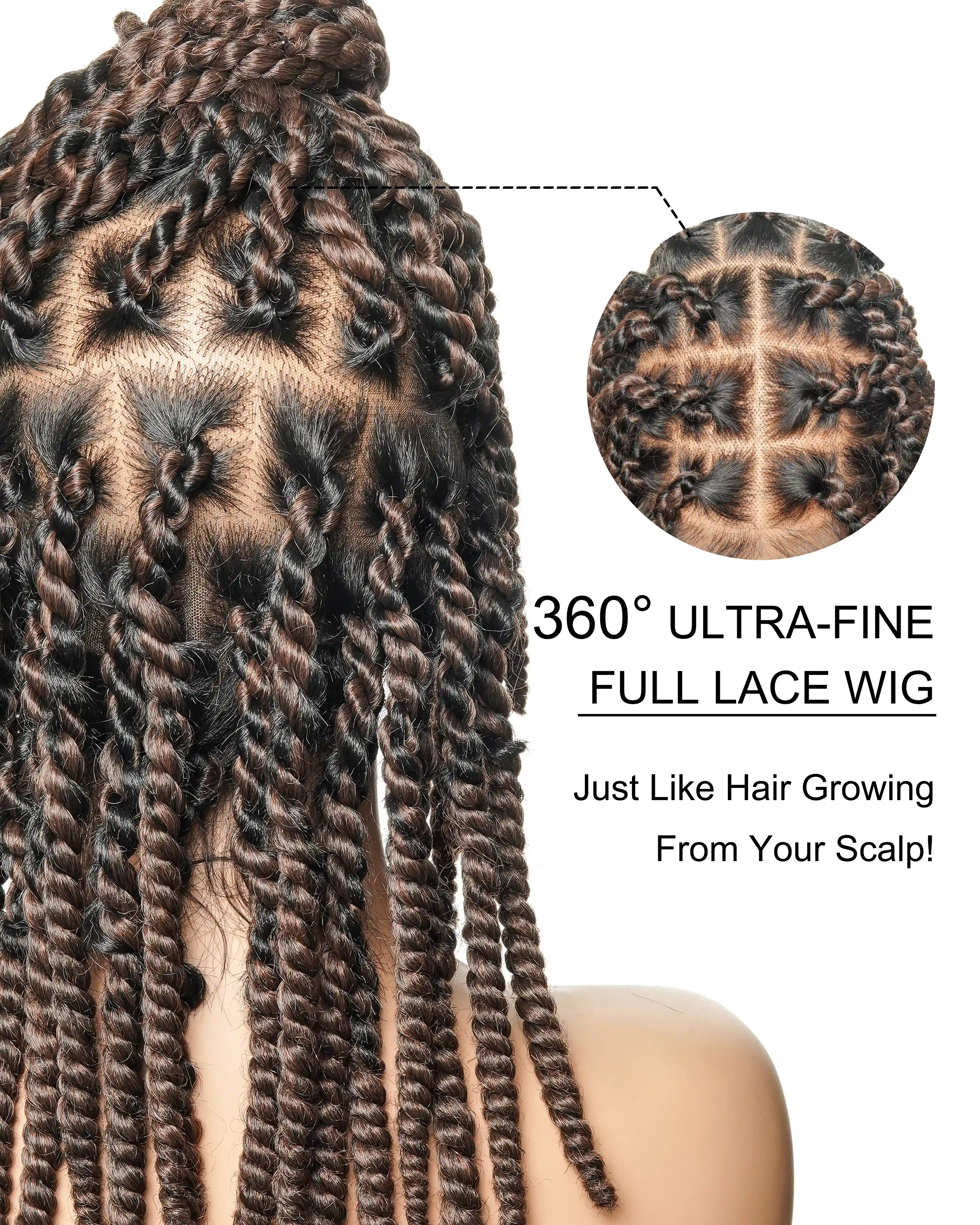
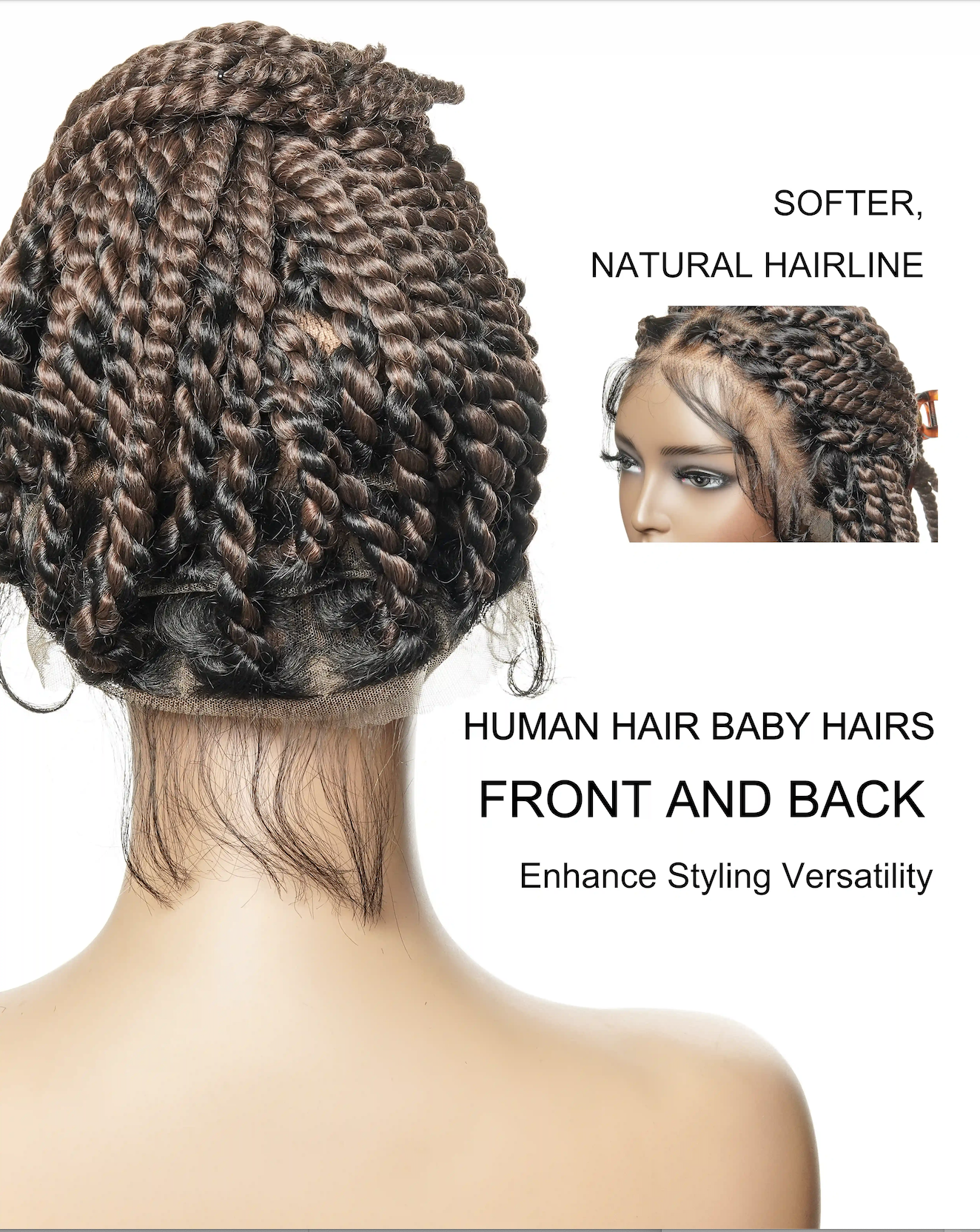
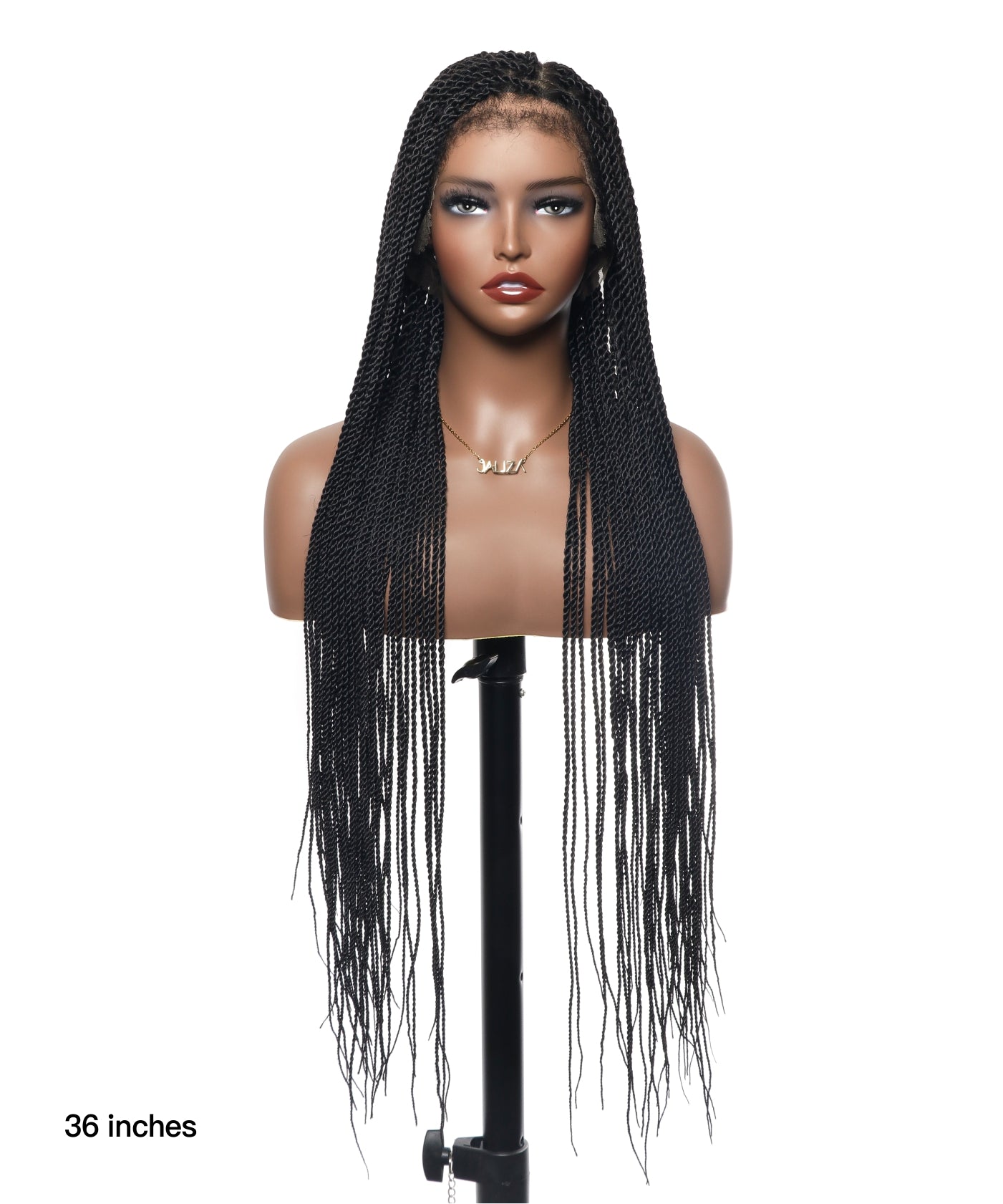
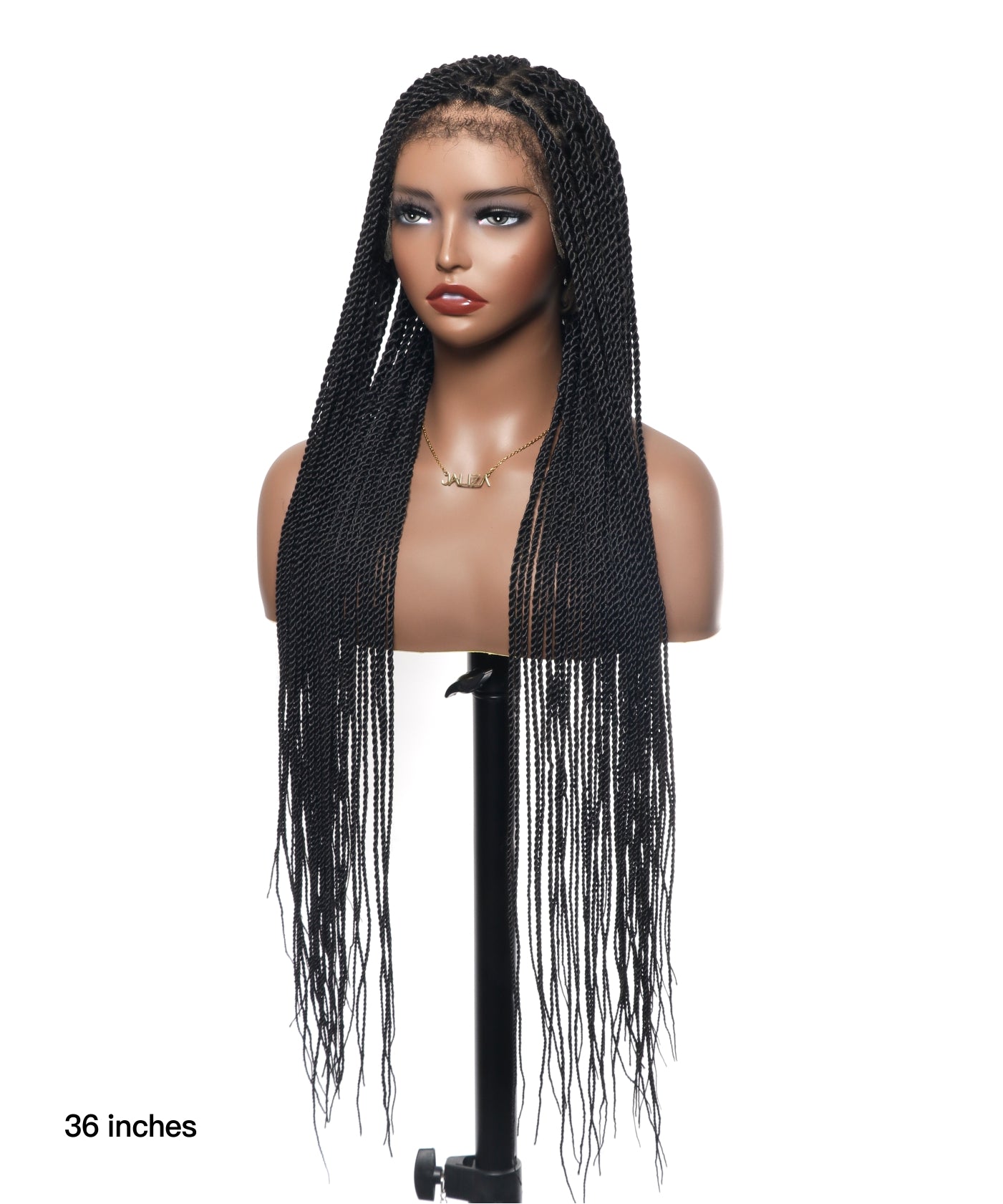
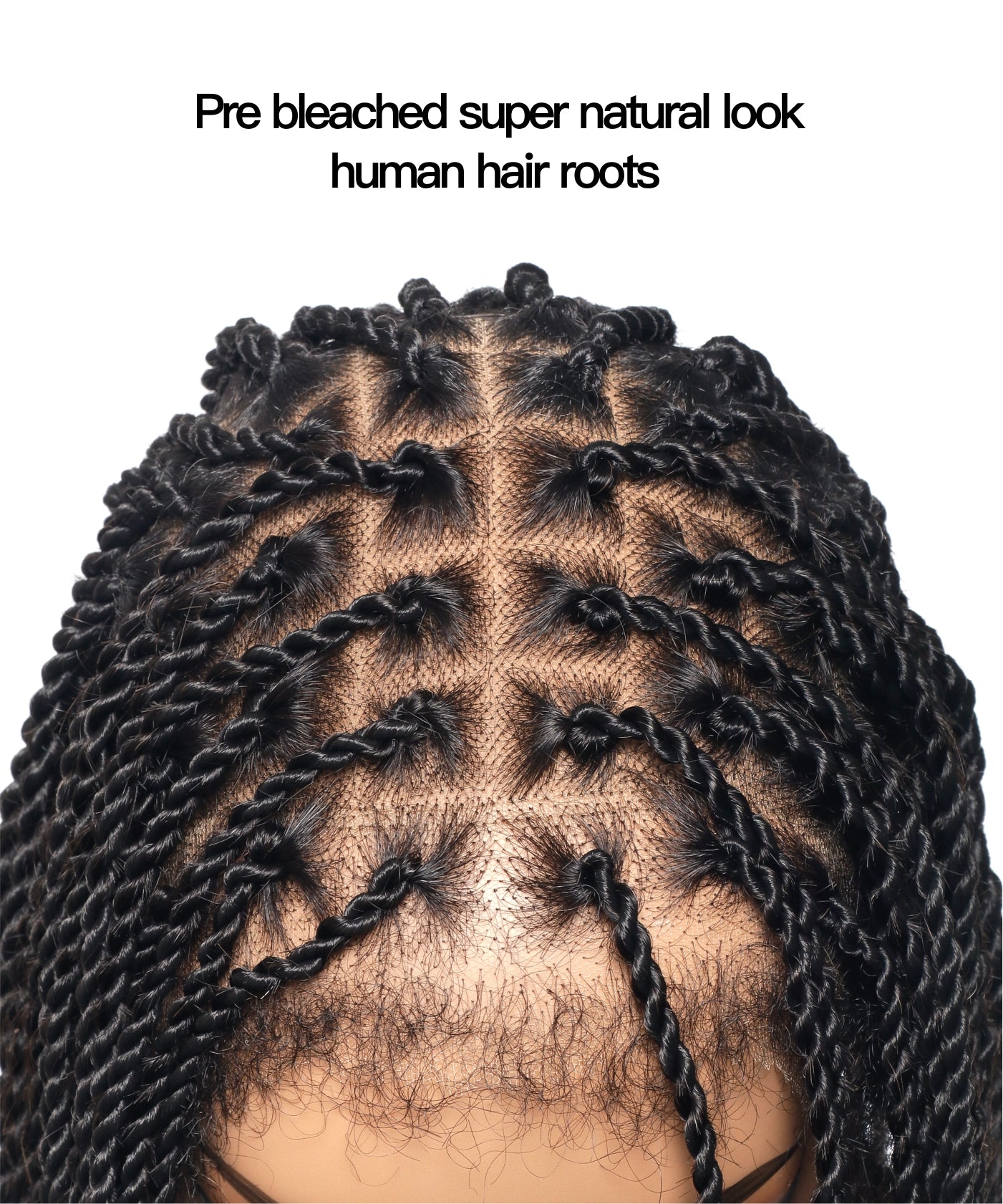
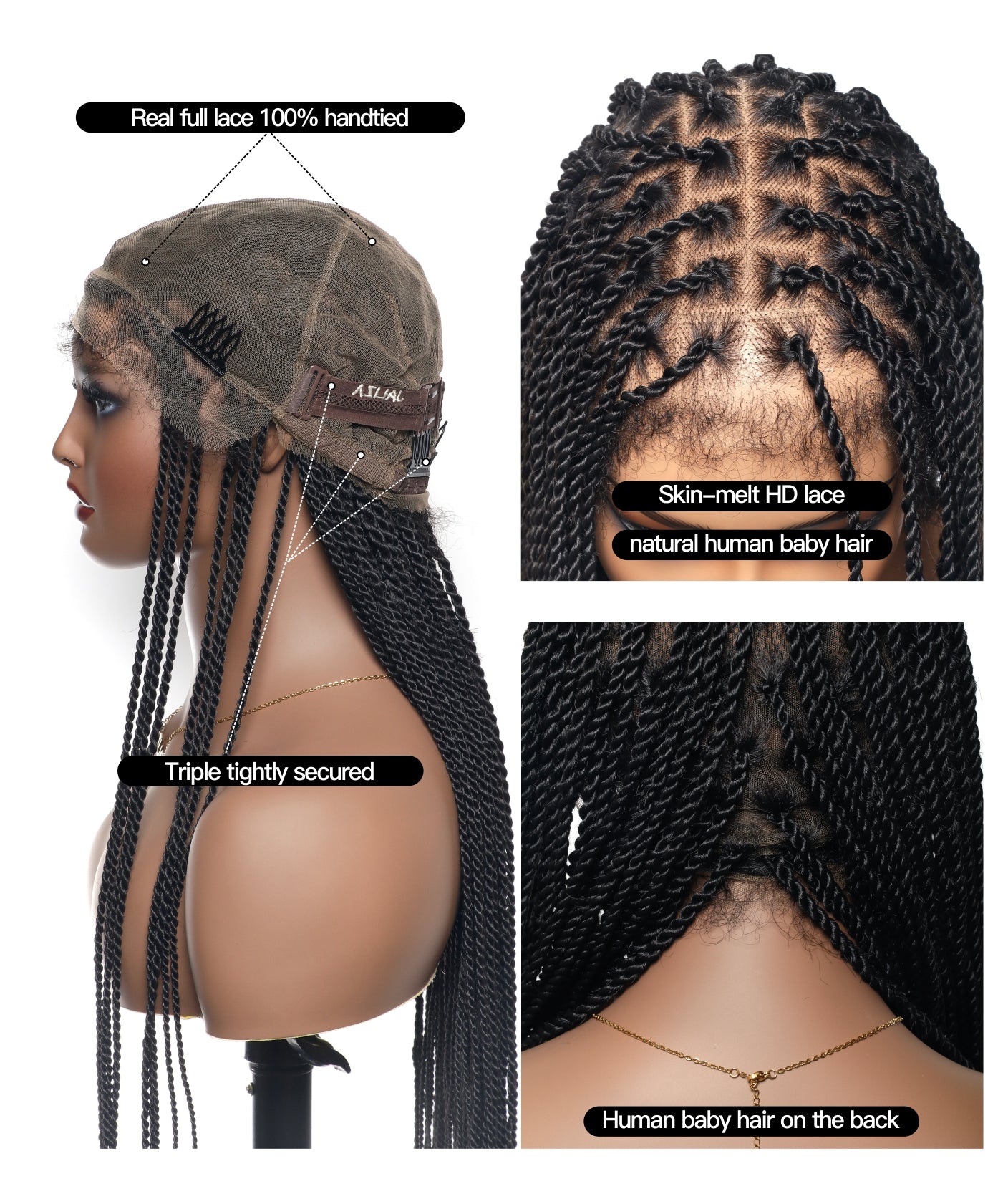
Share:
Preserving Your Crowning Glory: How to Prevent Hair Loss From Tight Box Braids
The Dreadlock Unraveling Process: A Comprehensive Guide